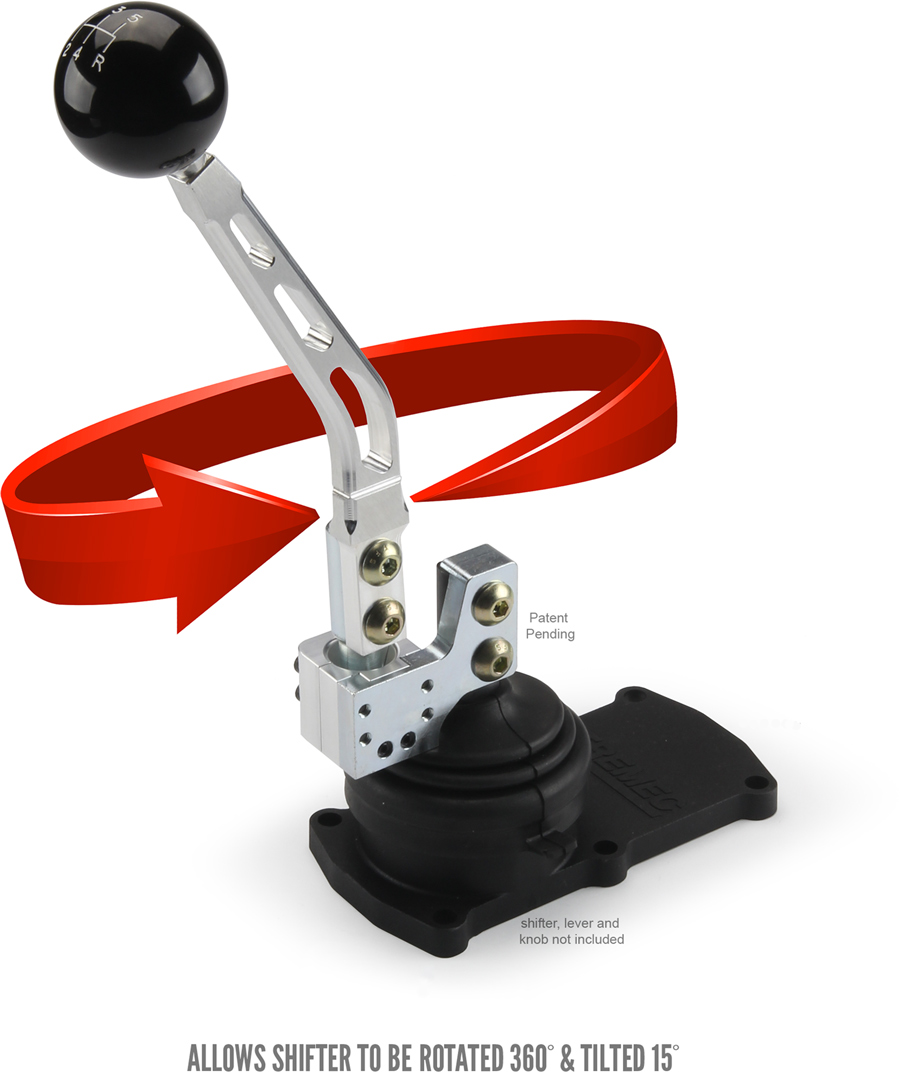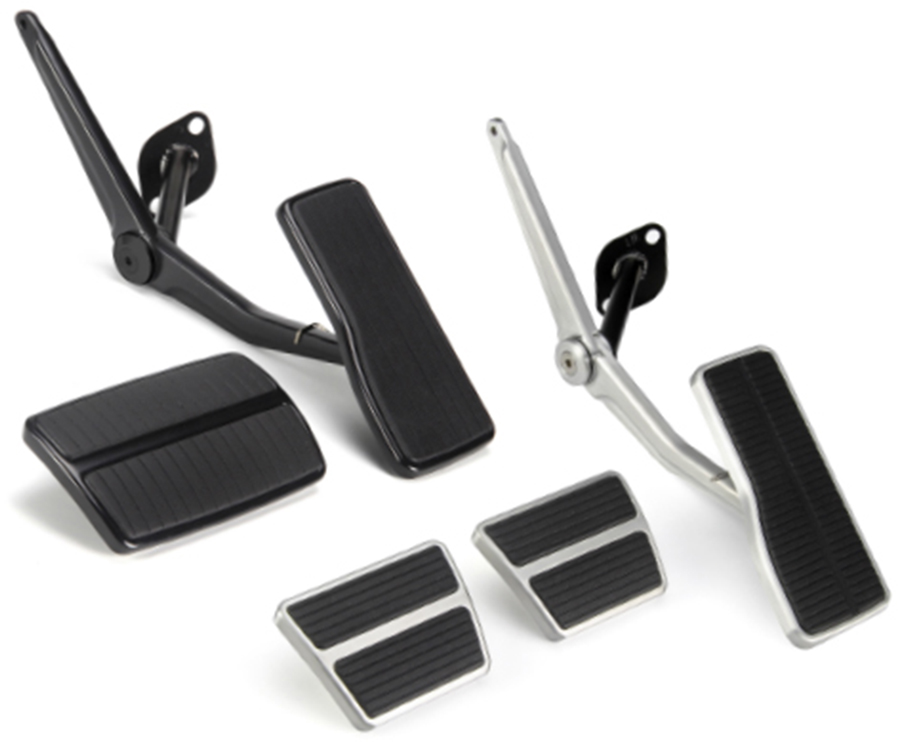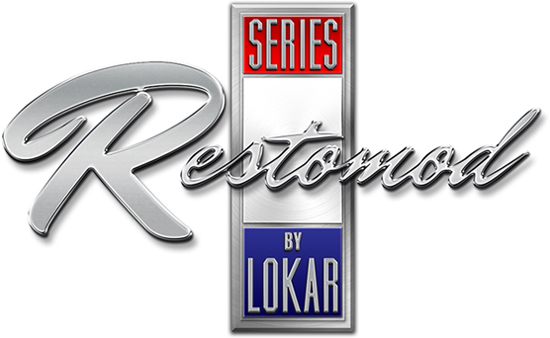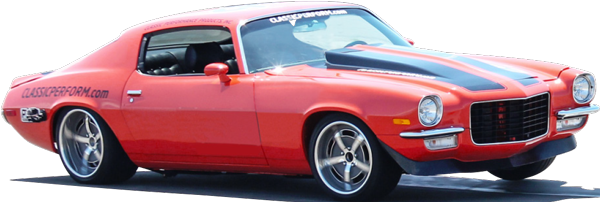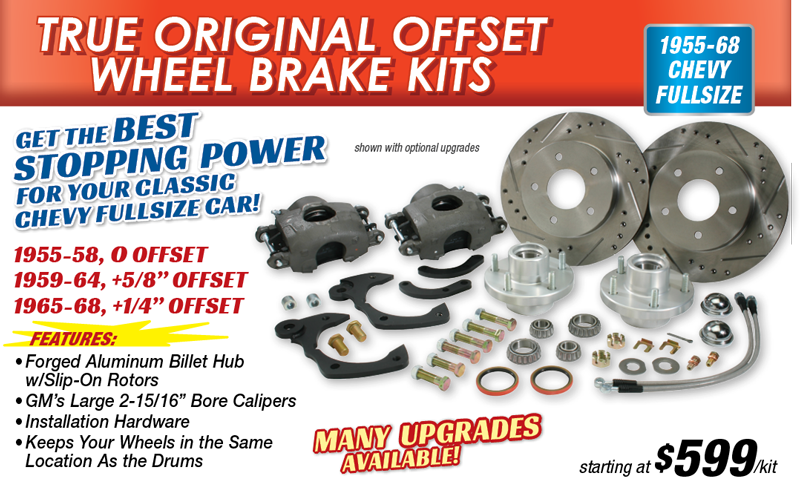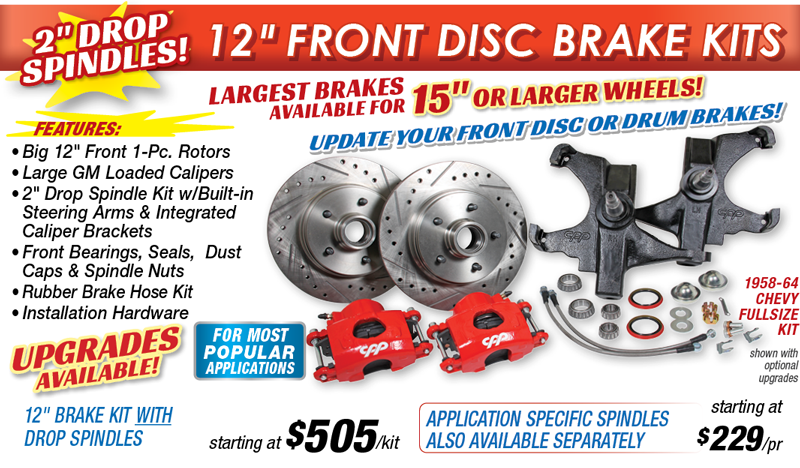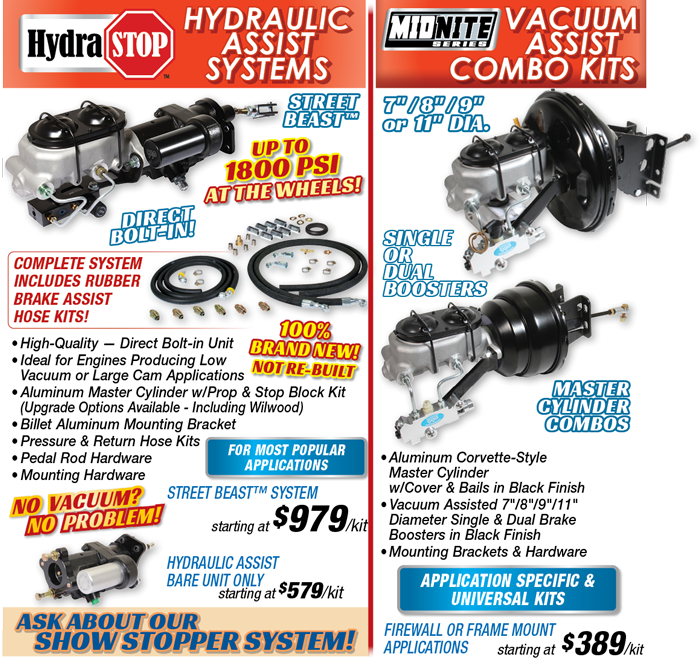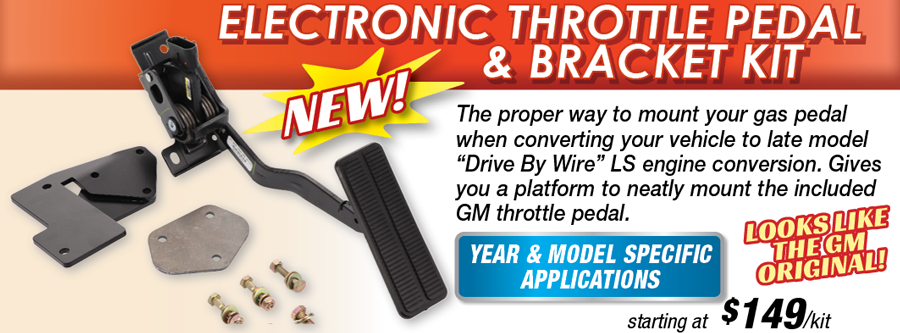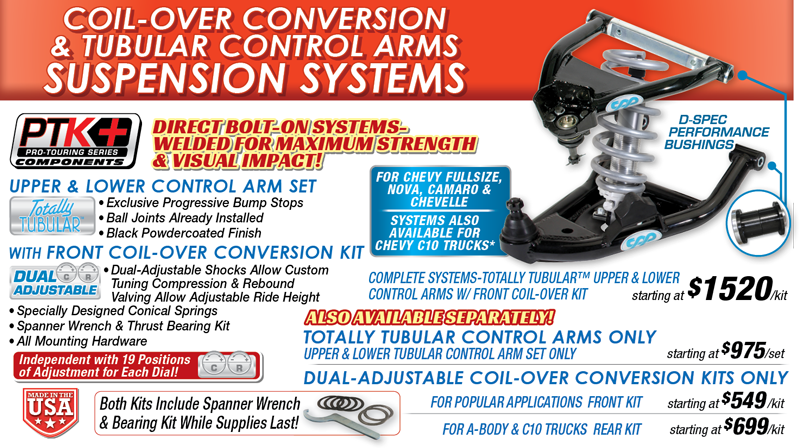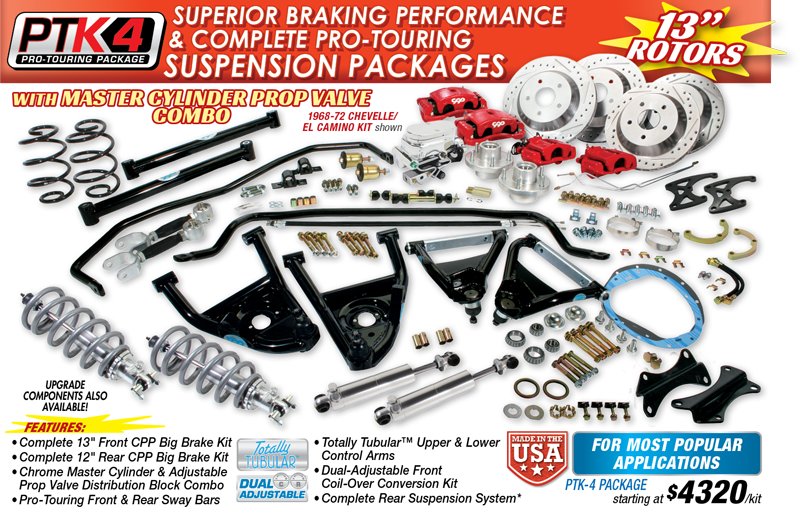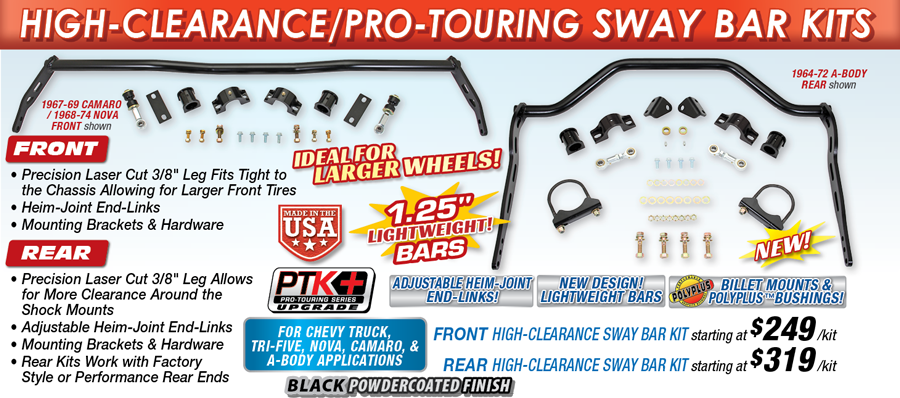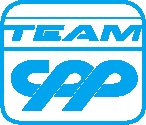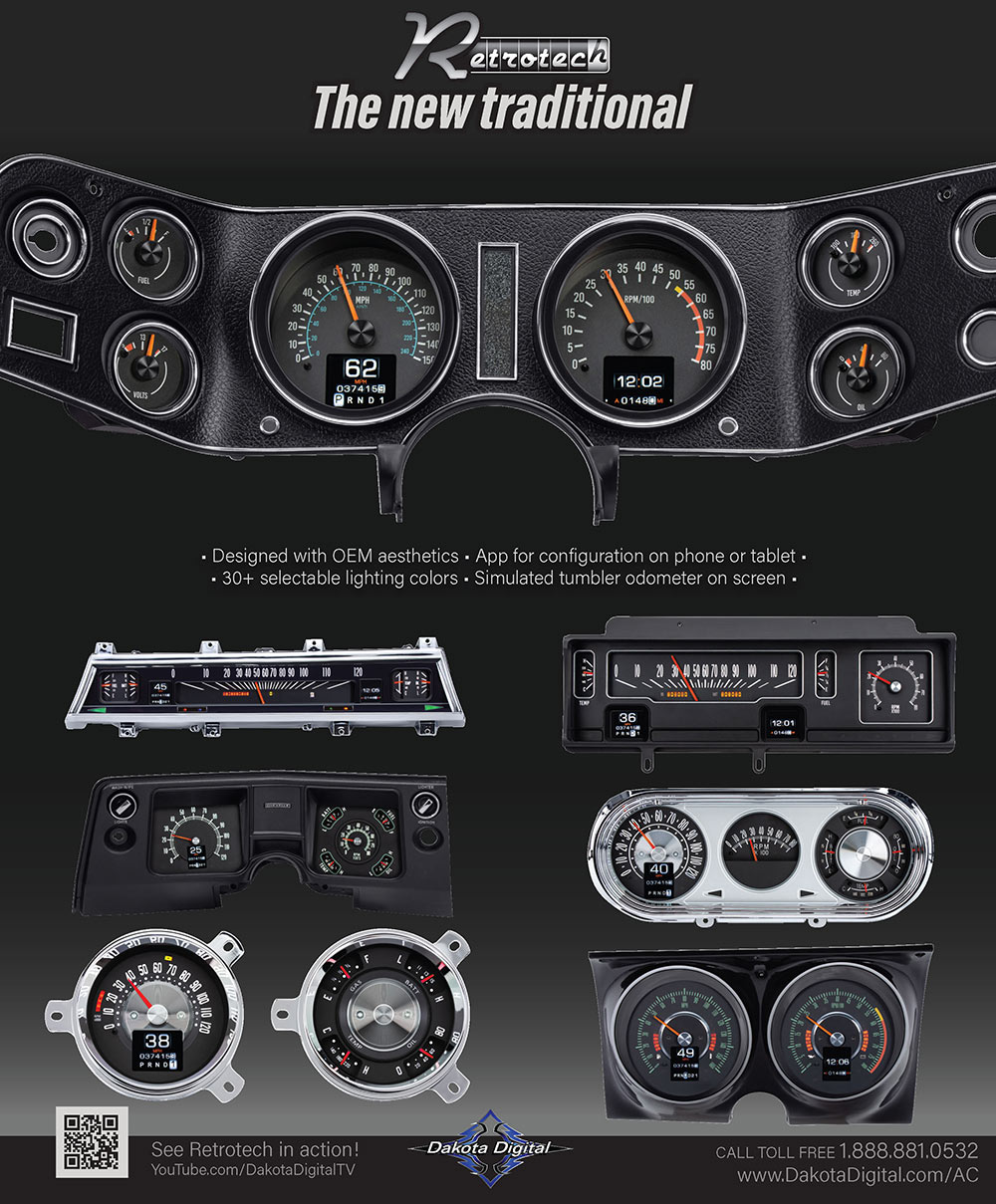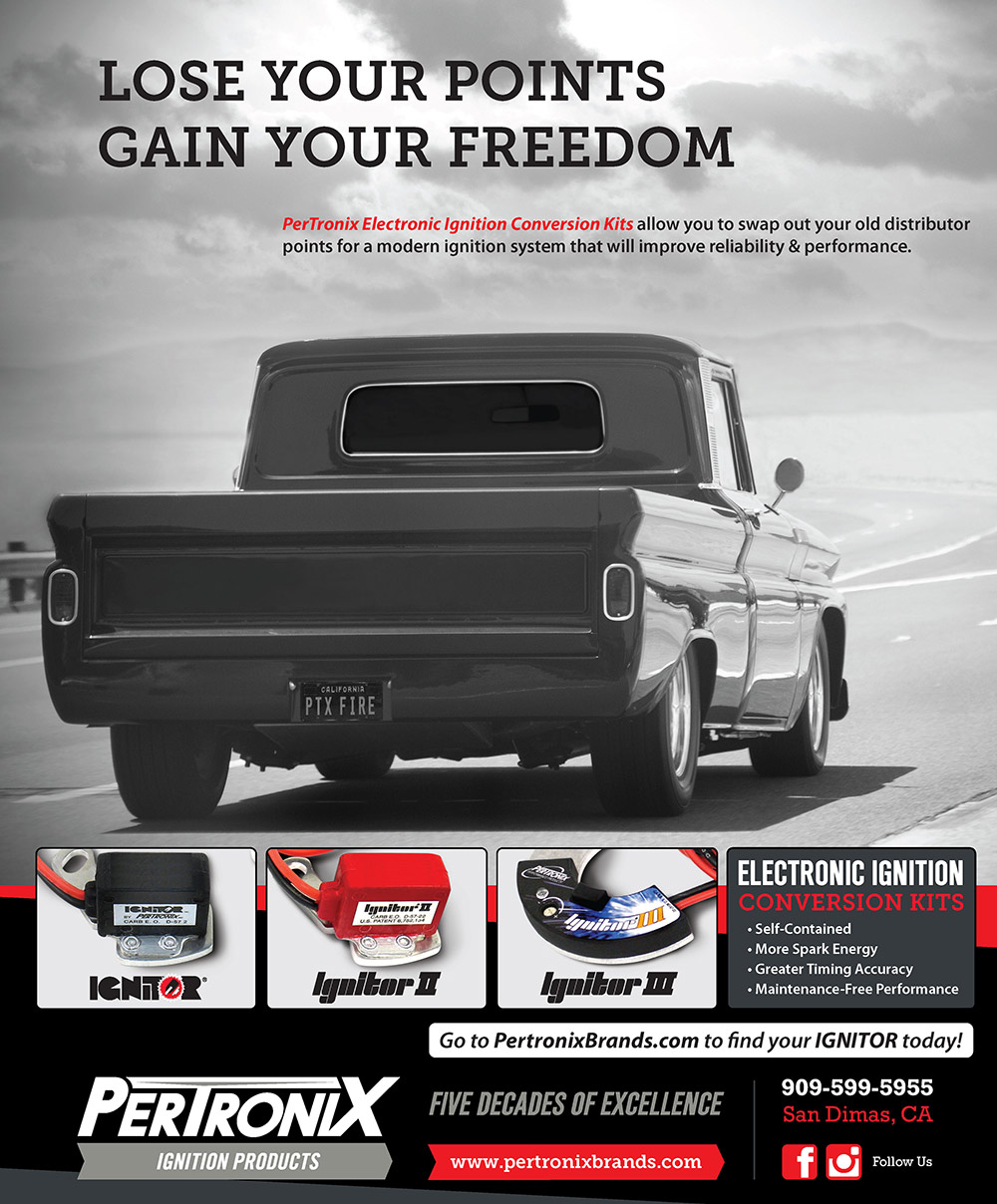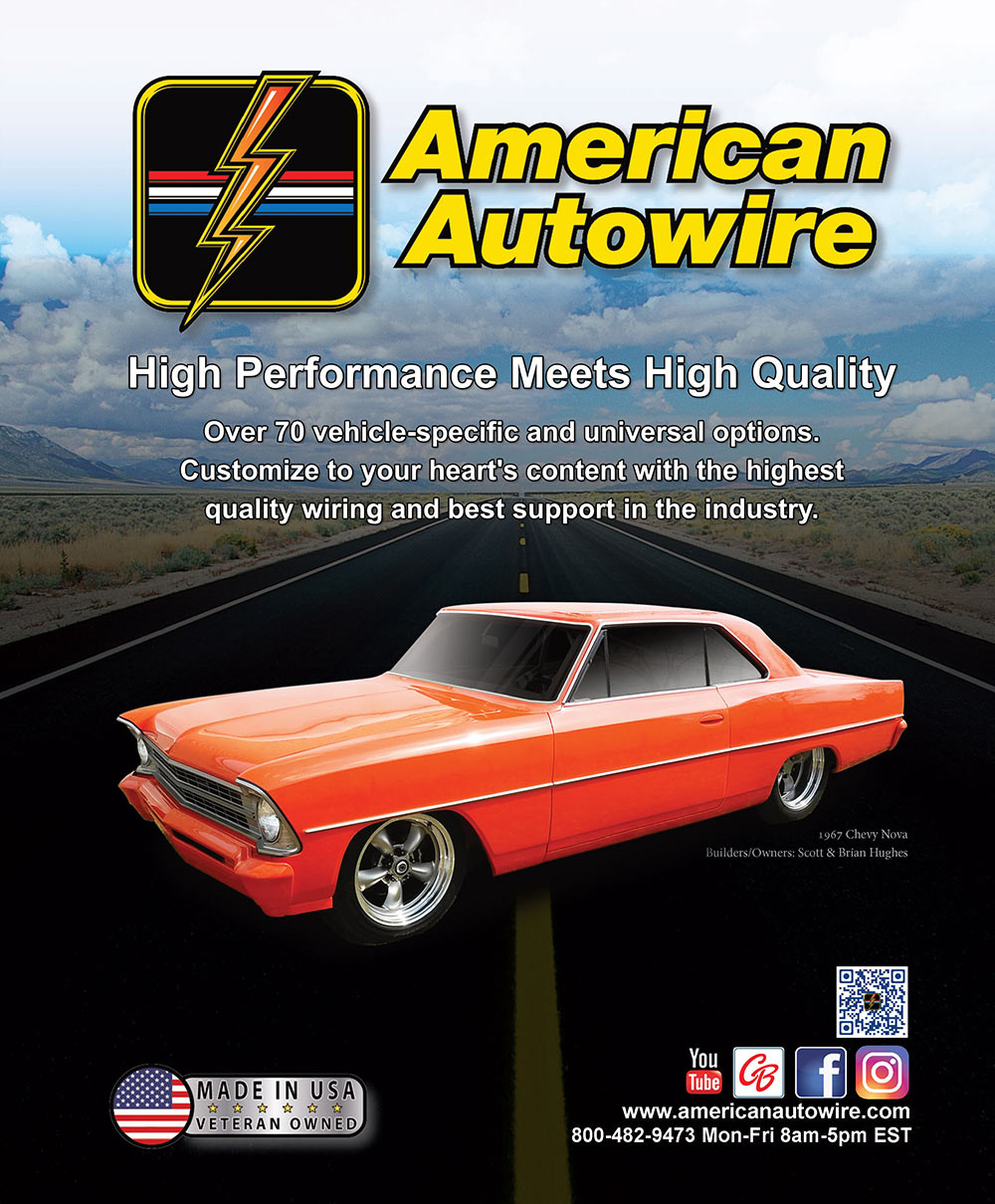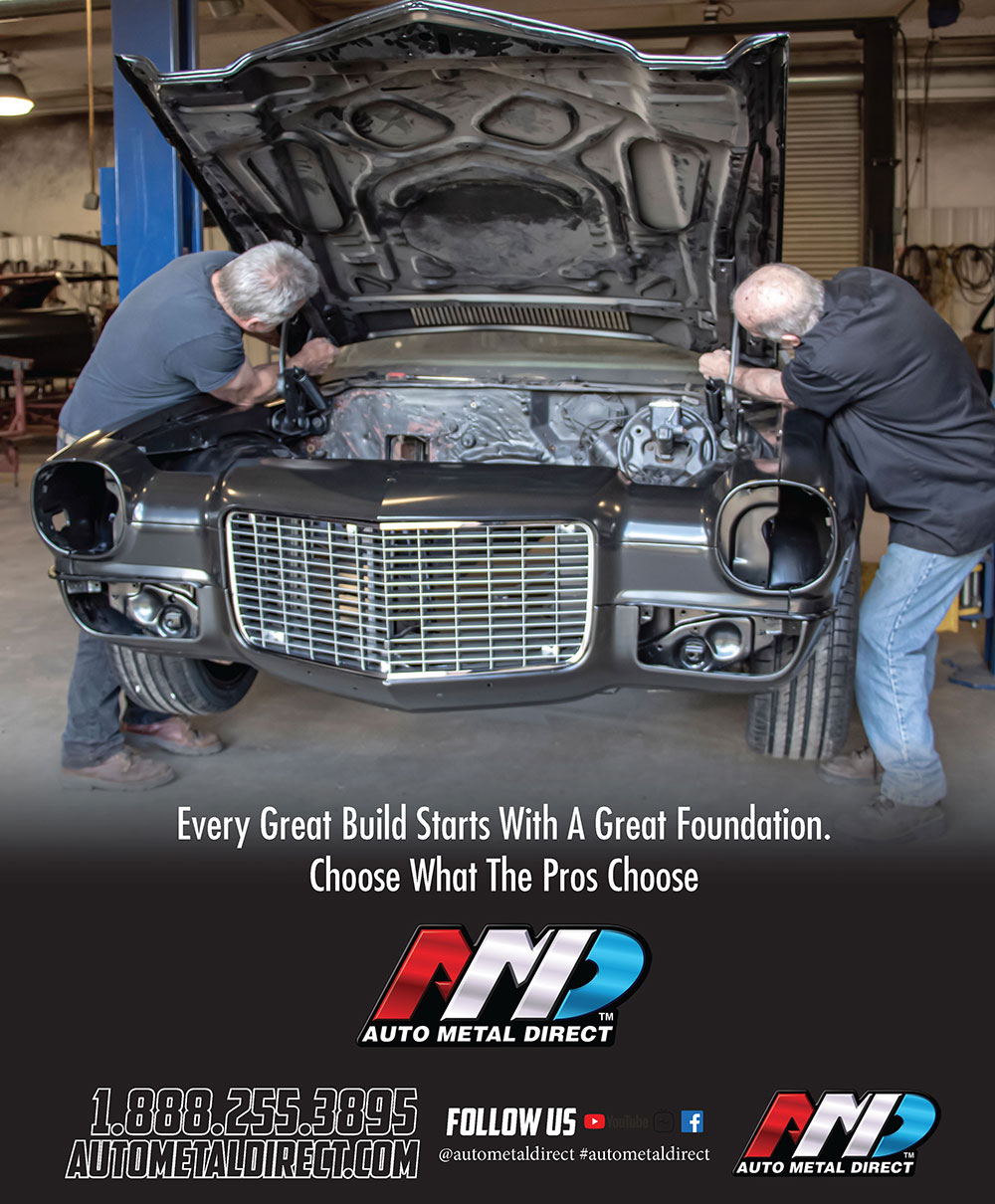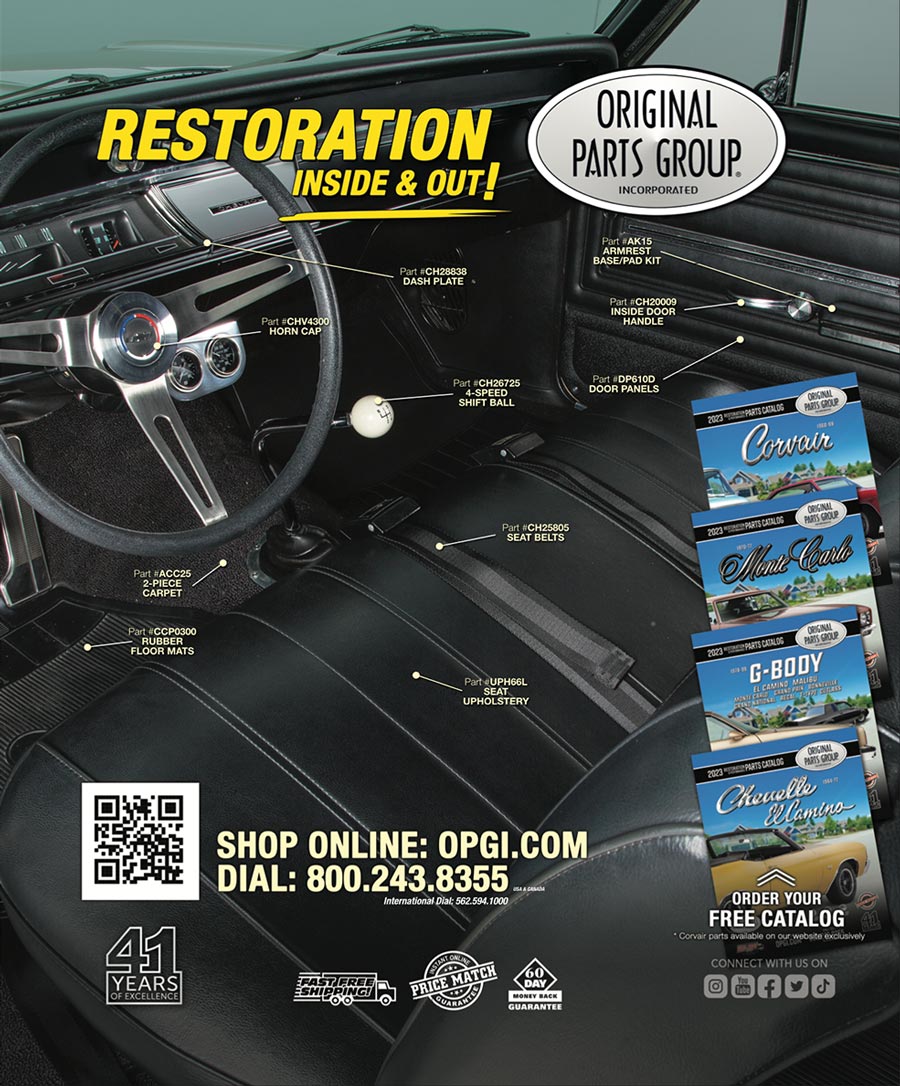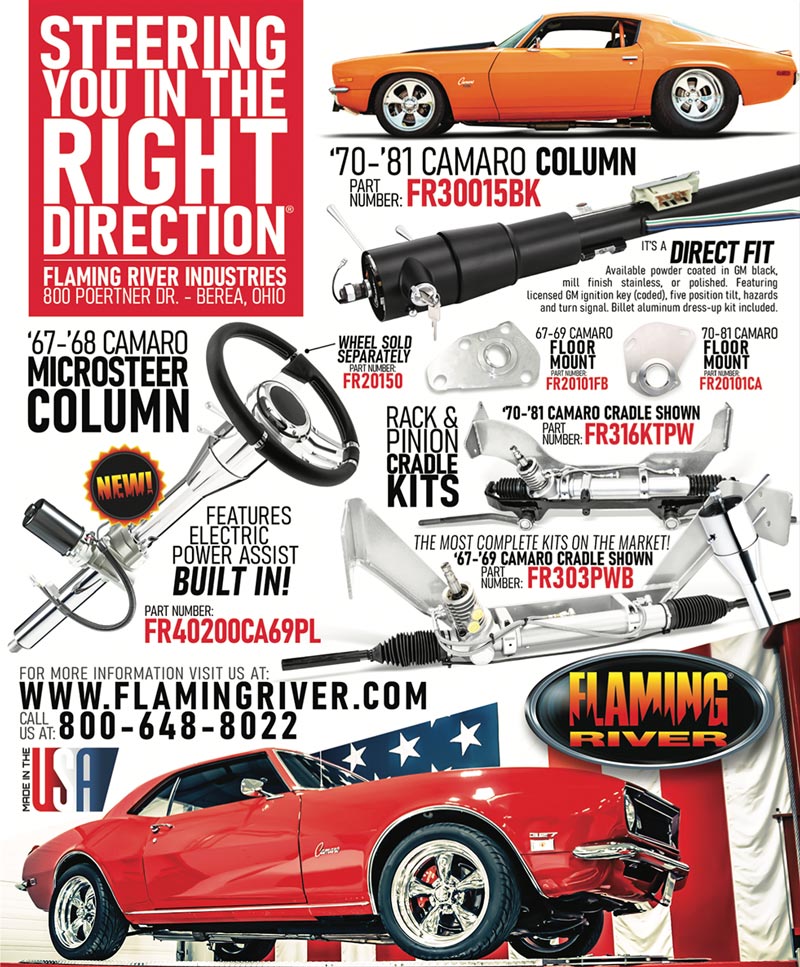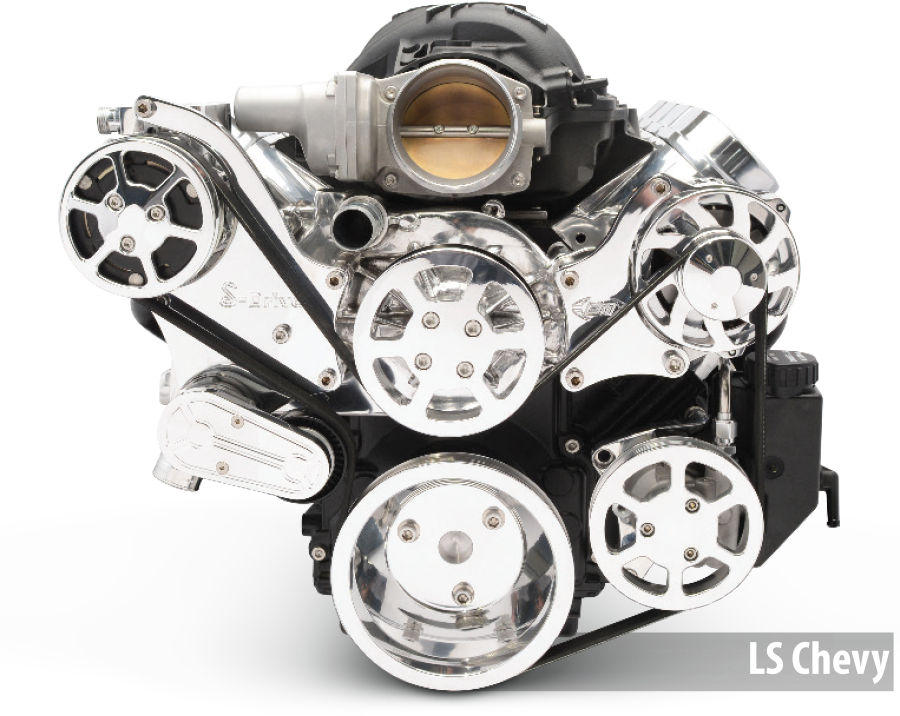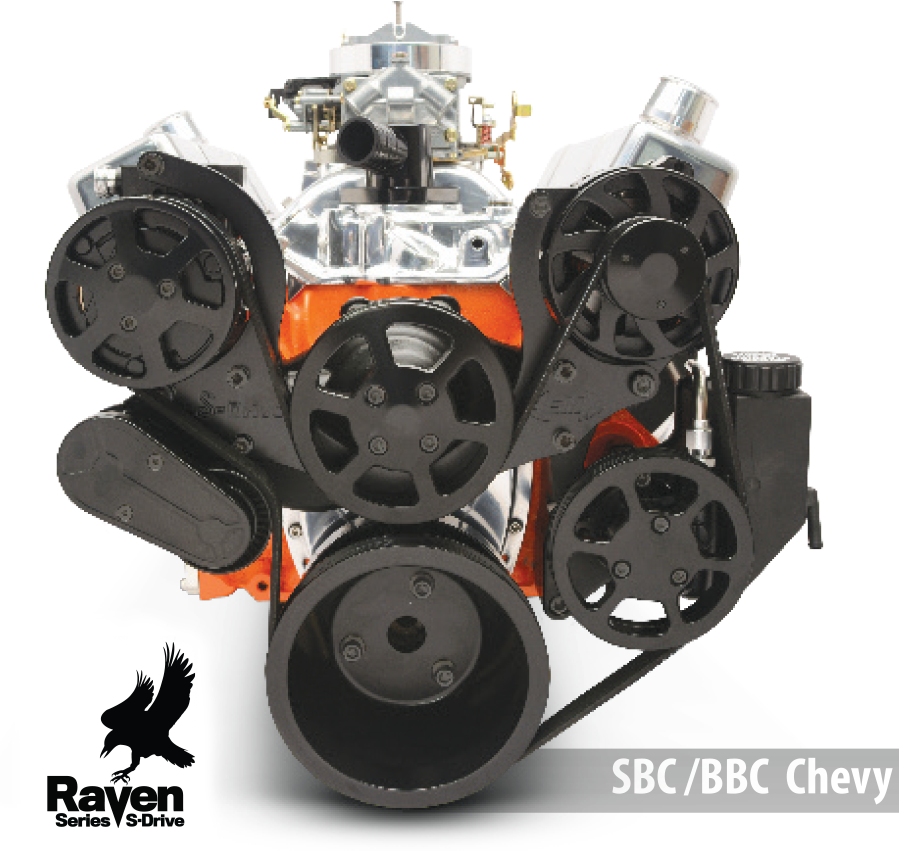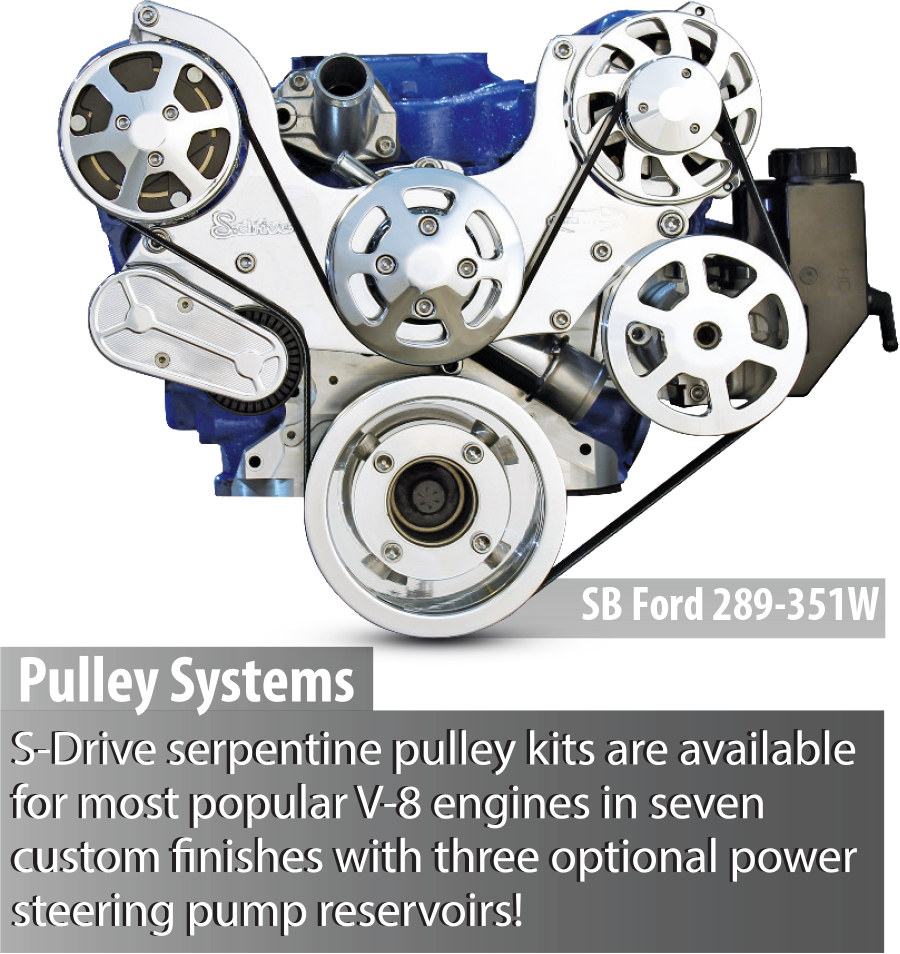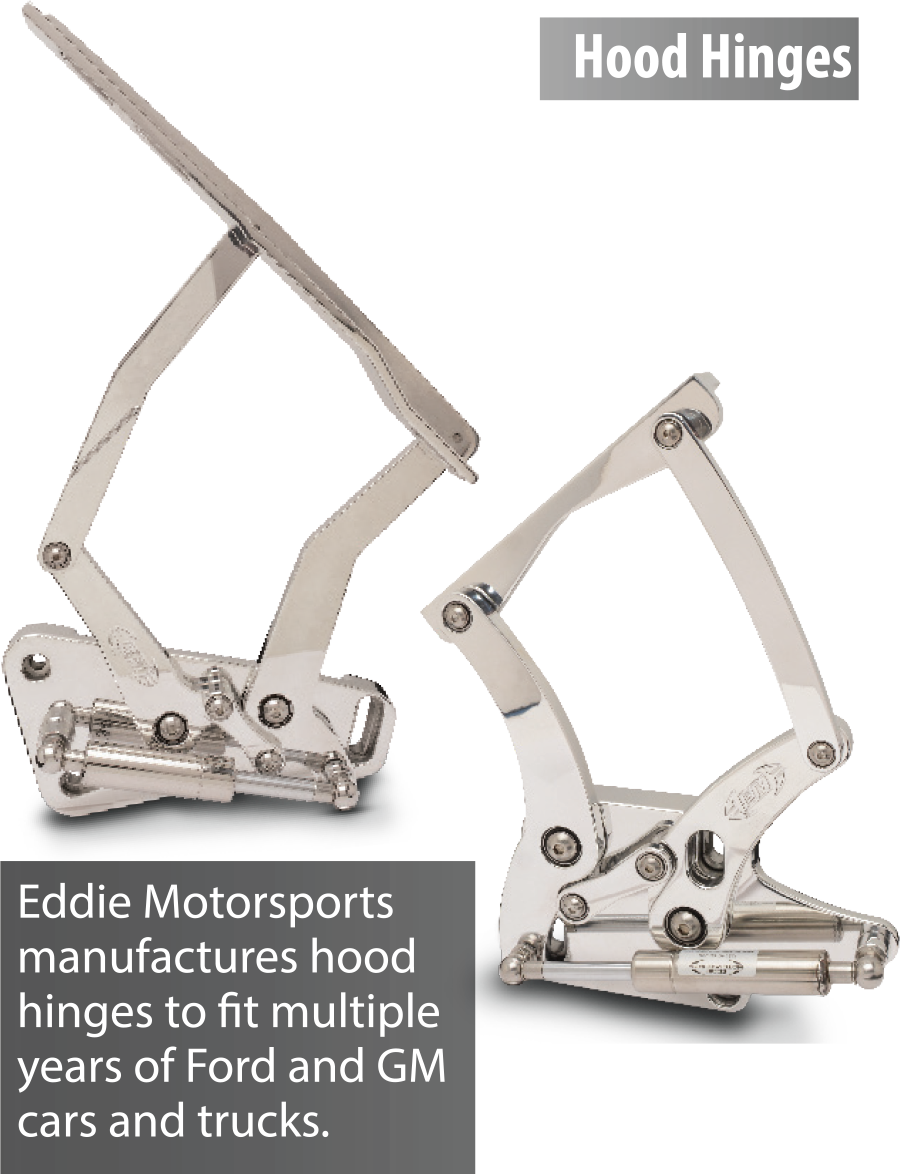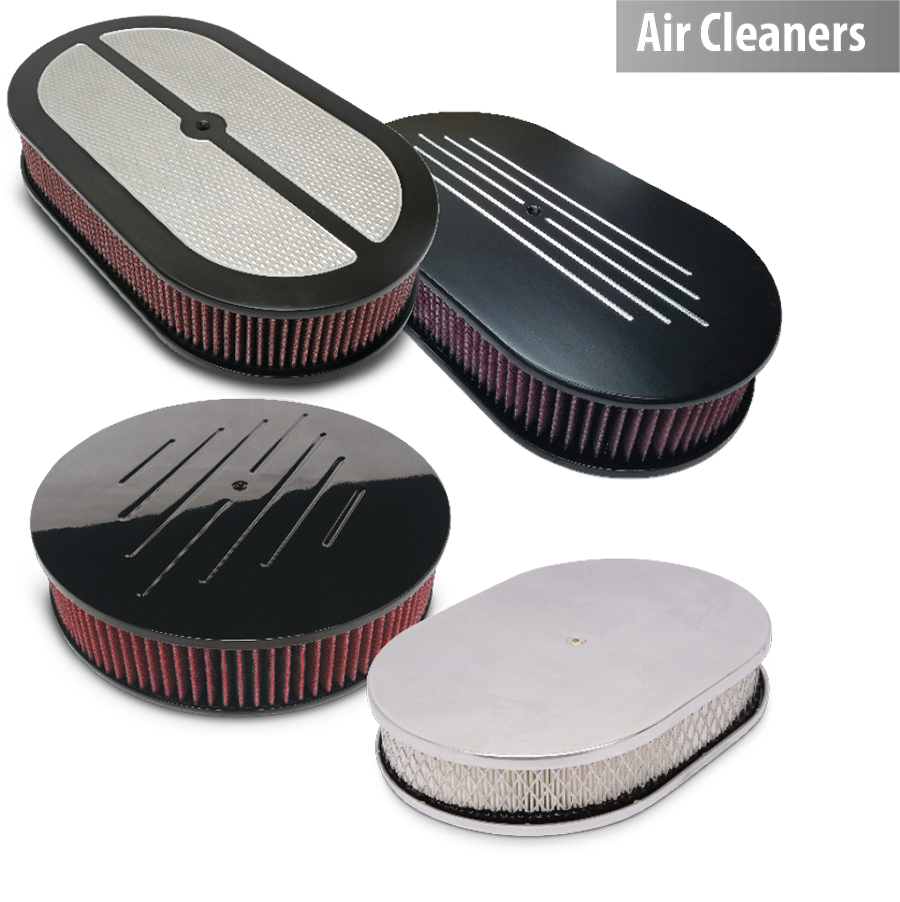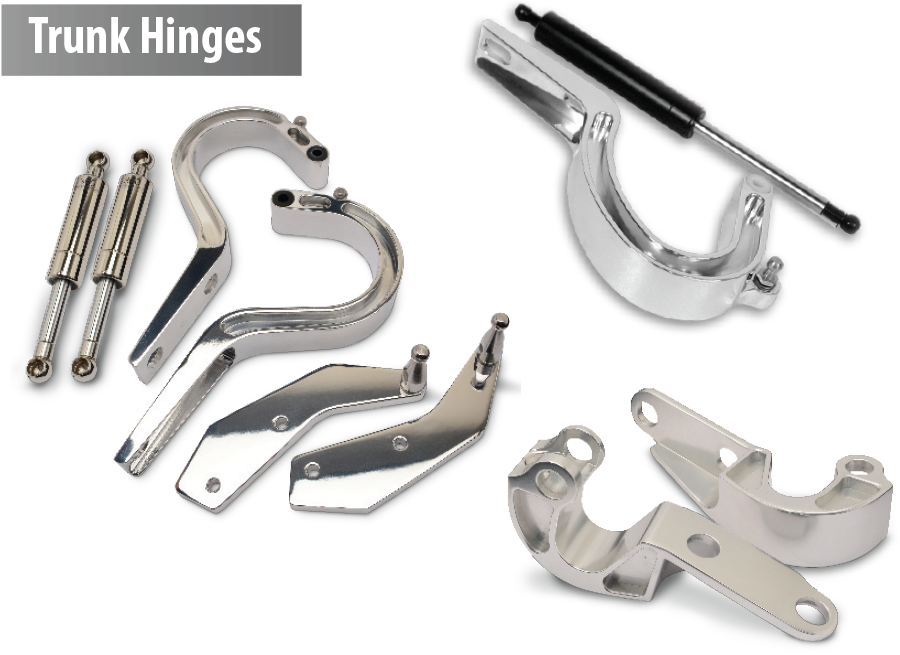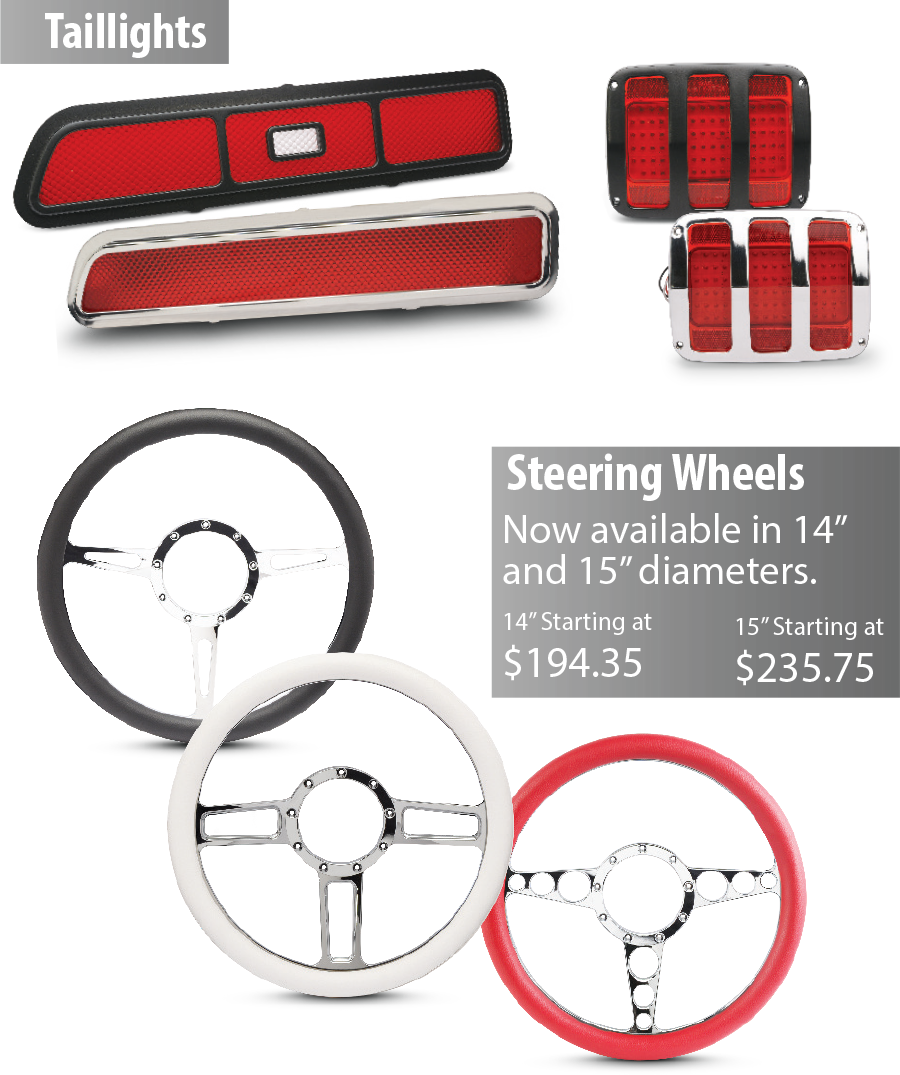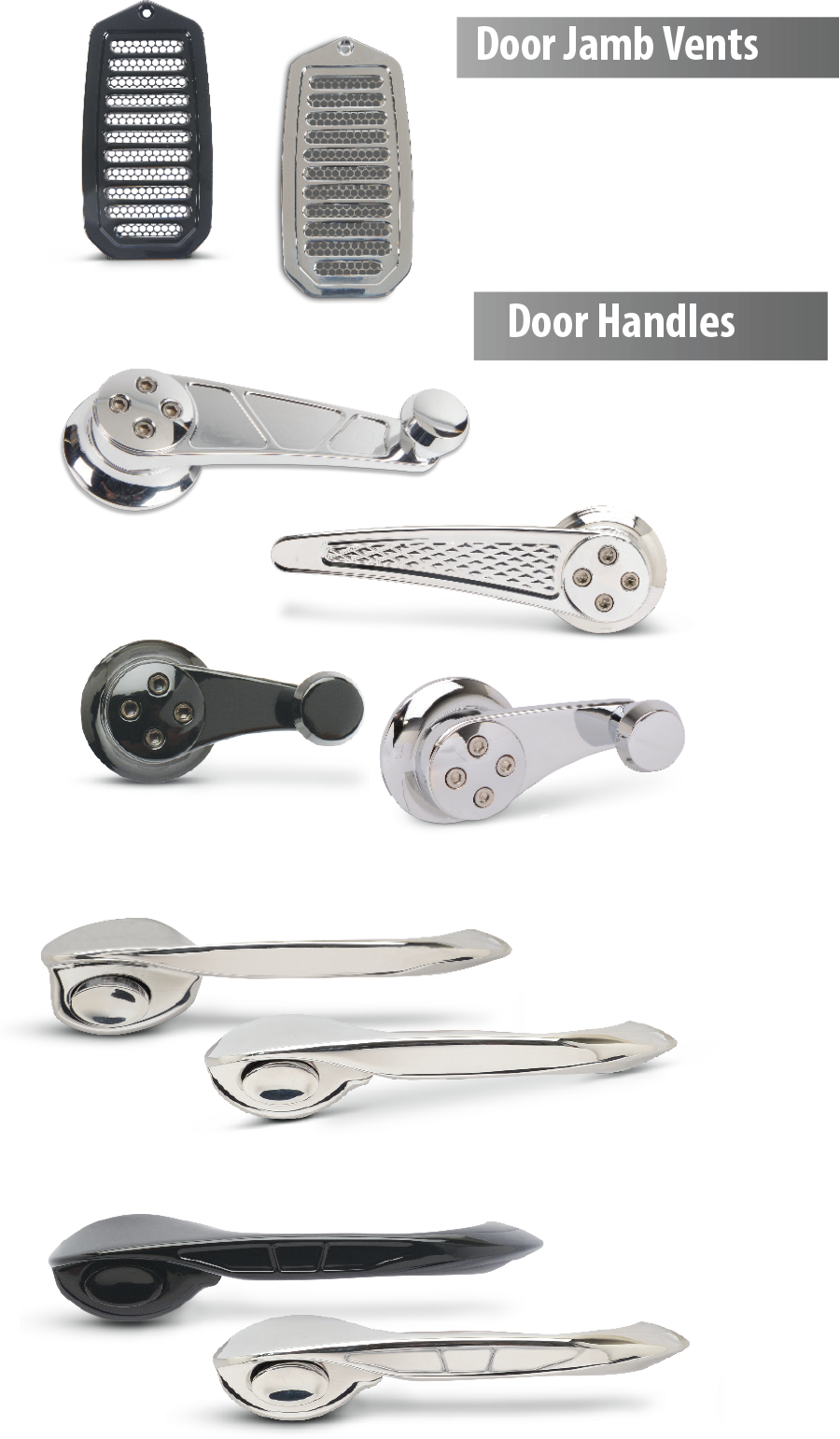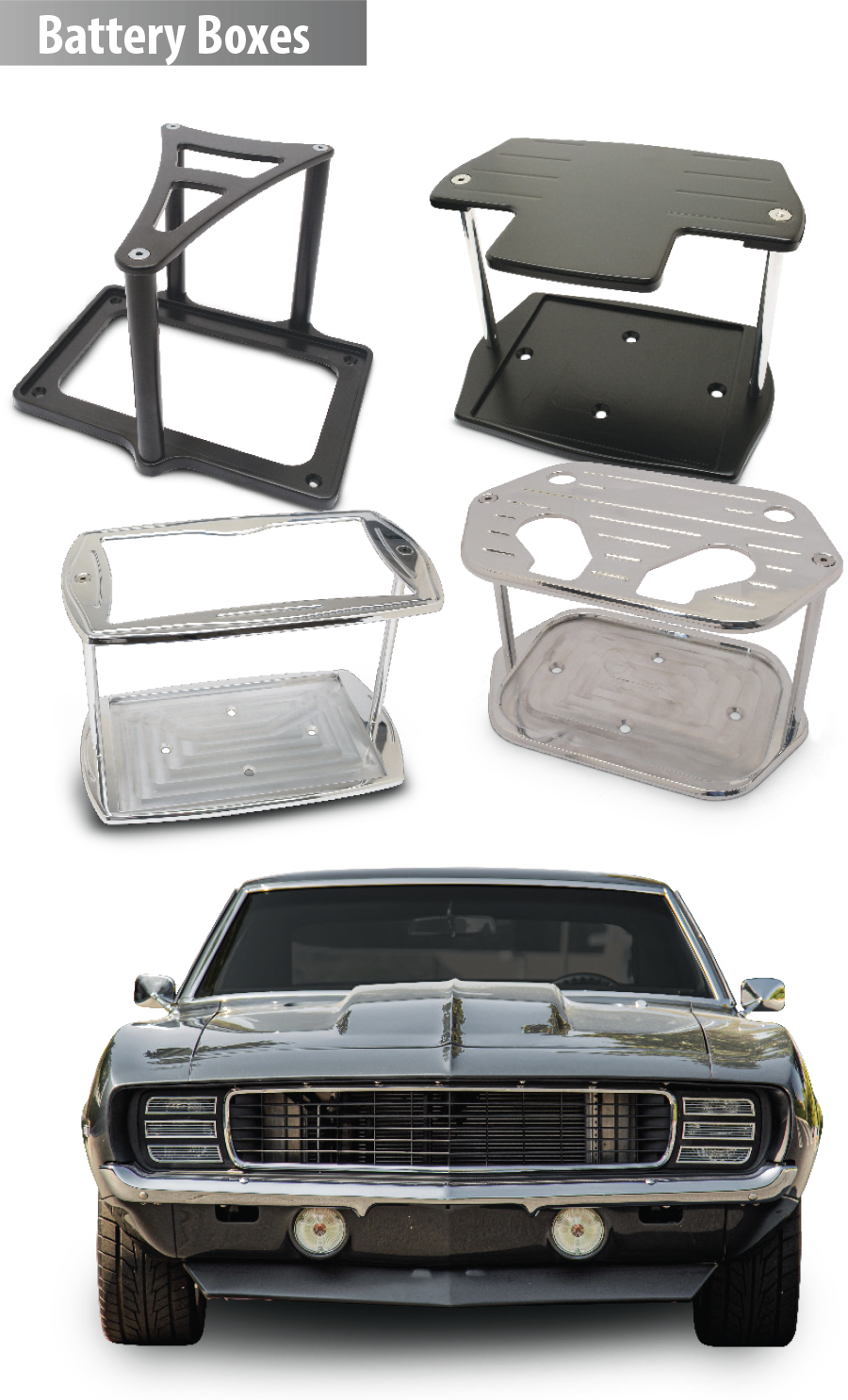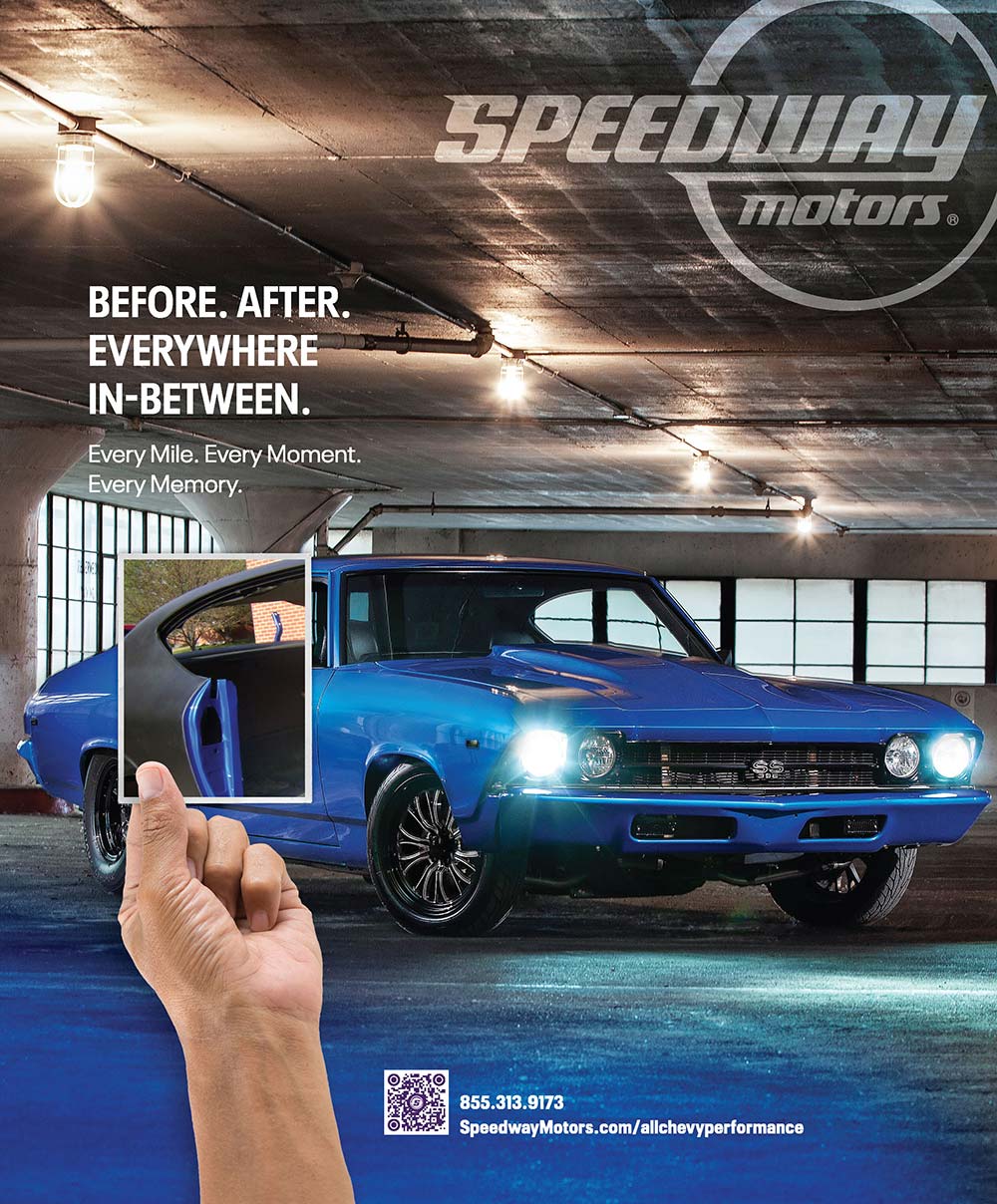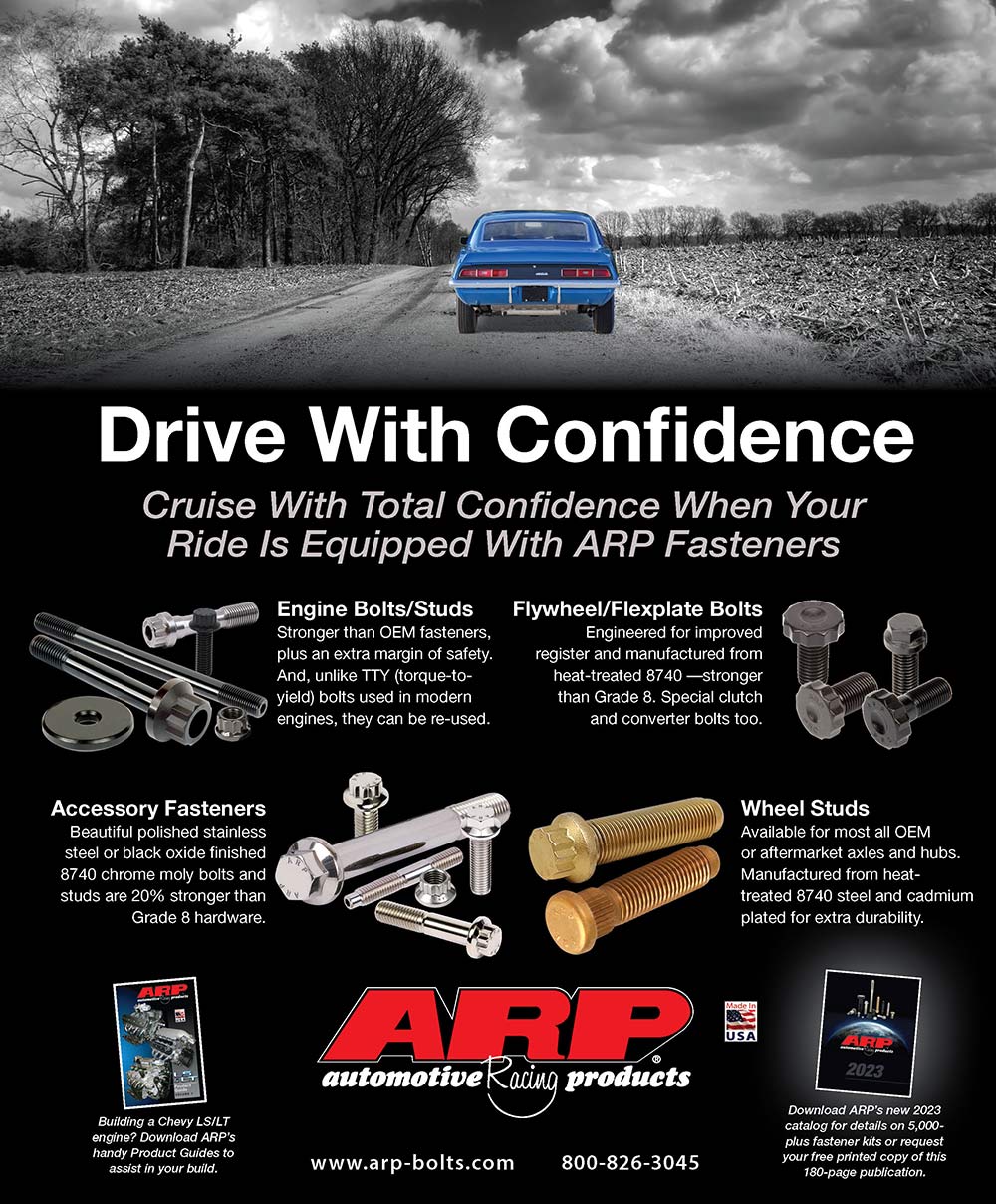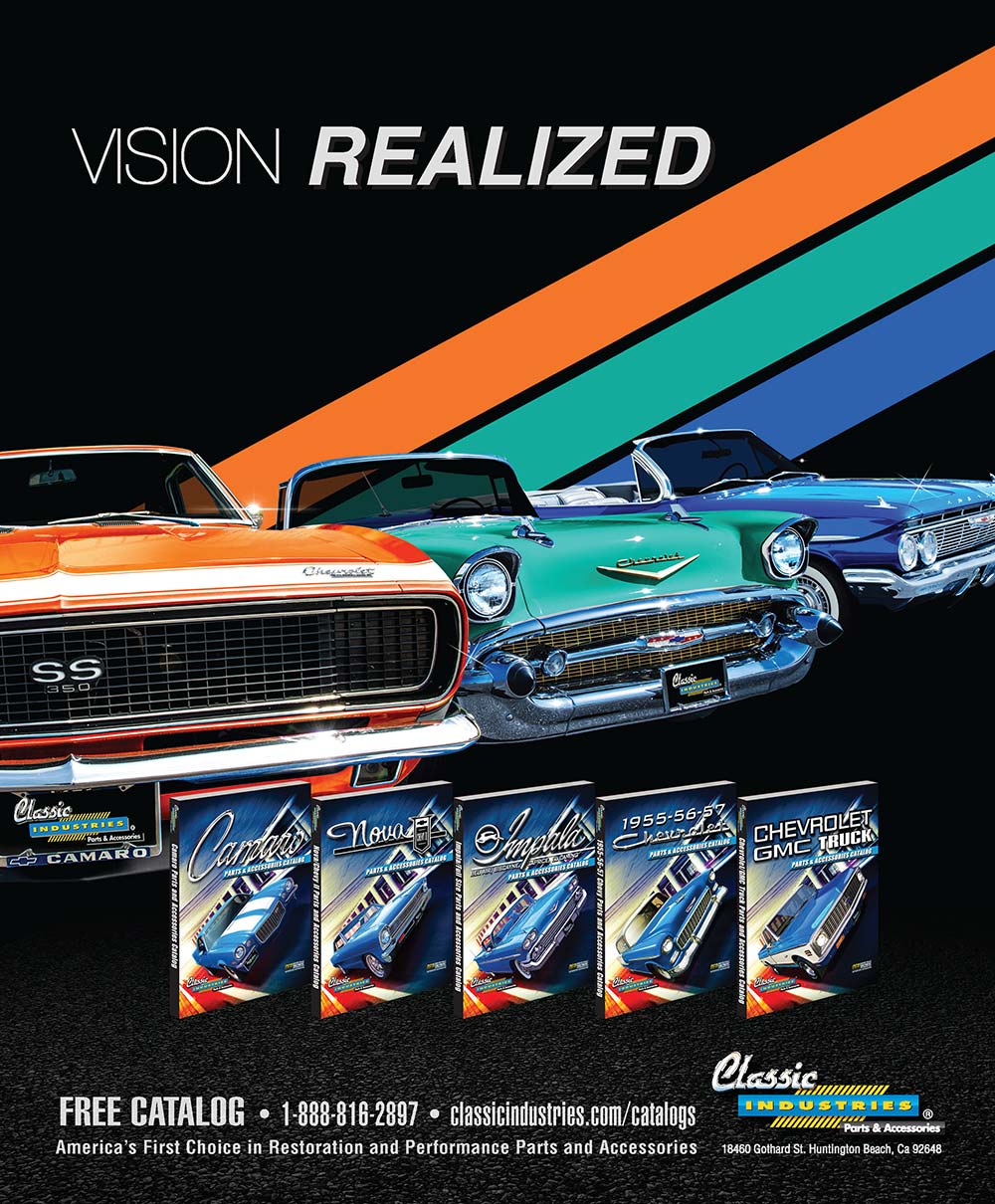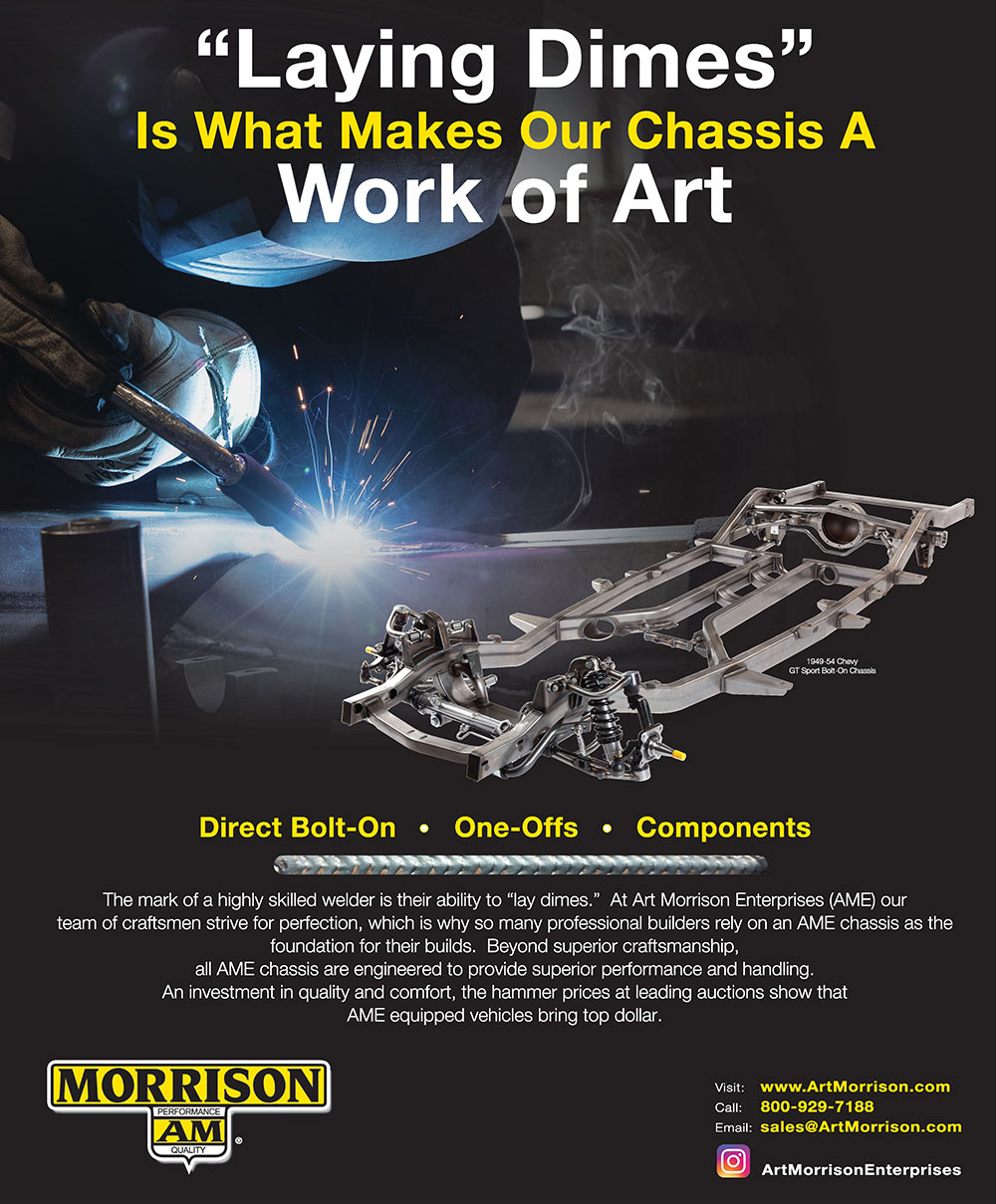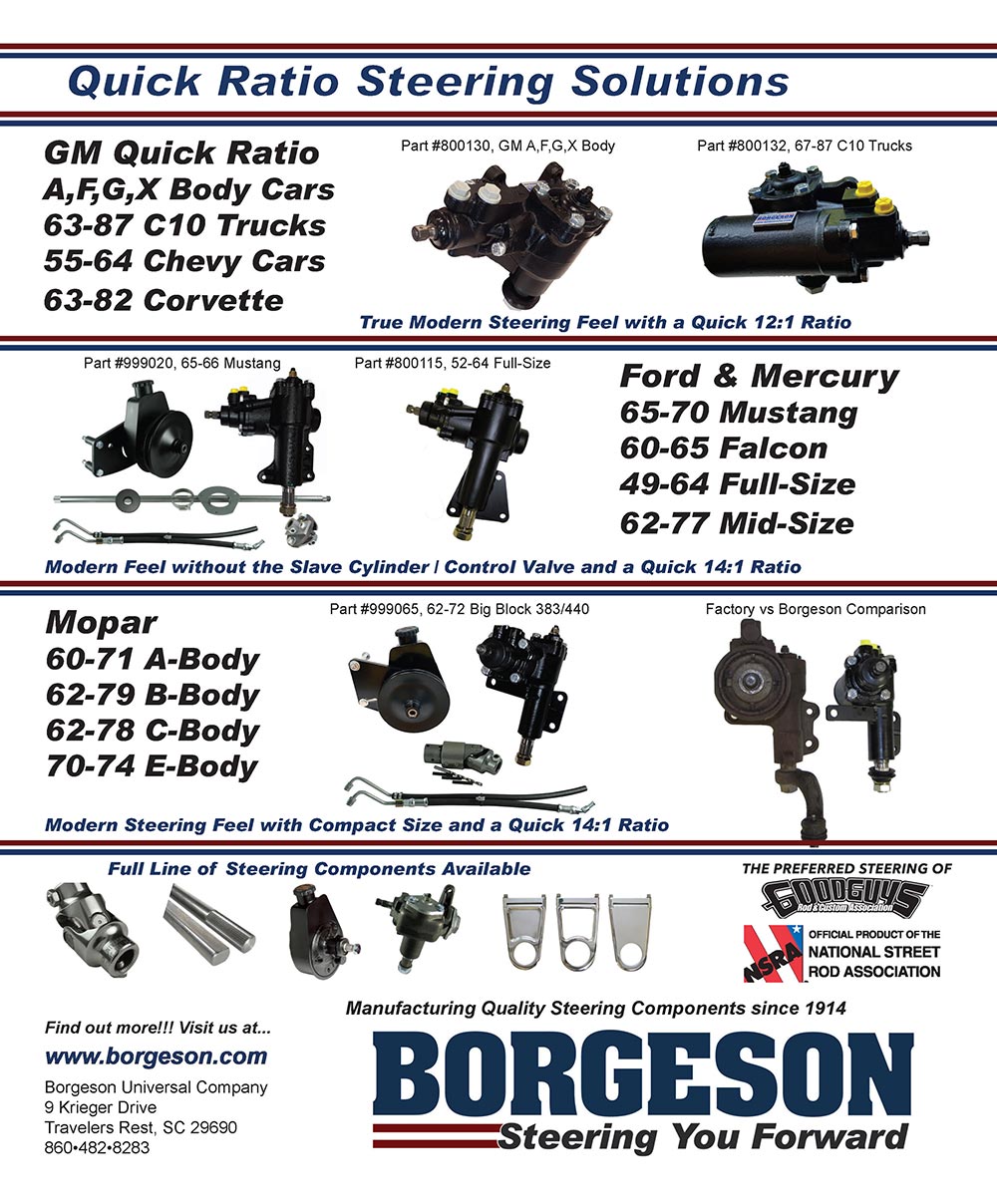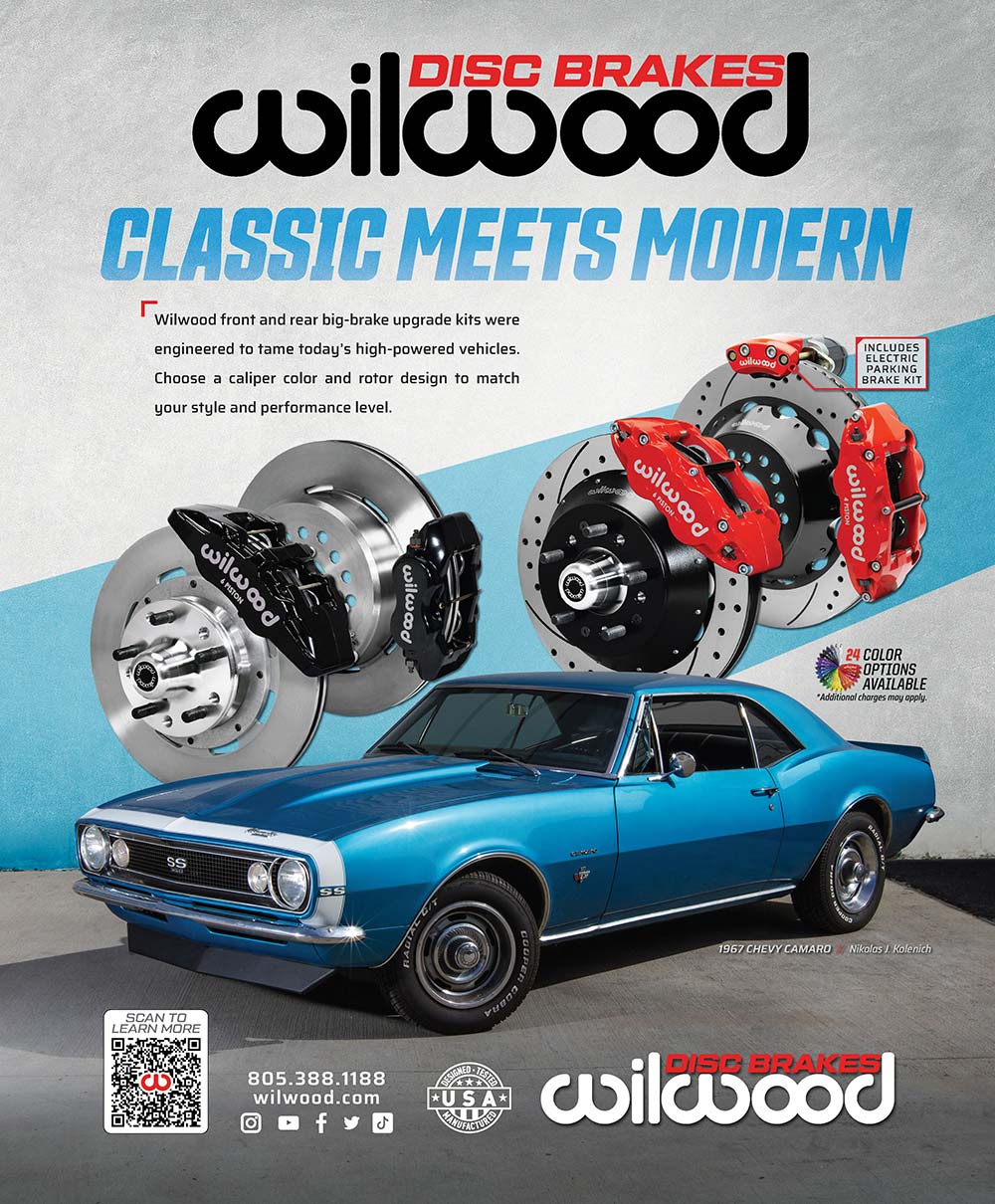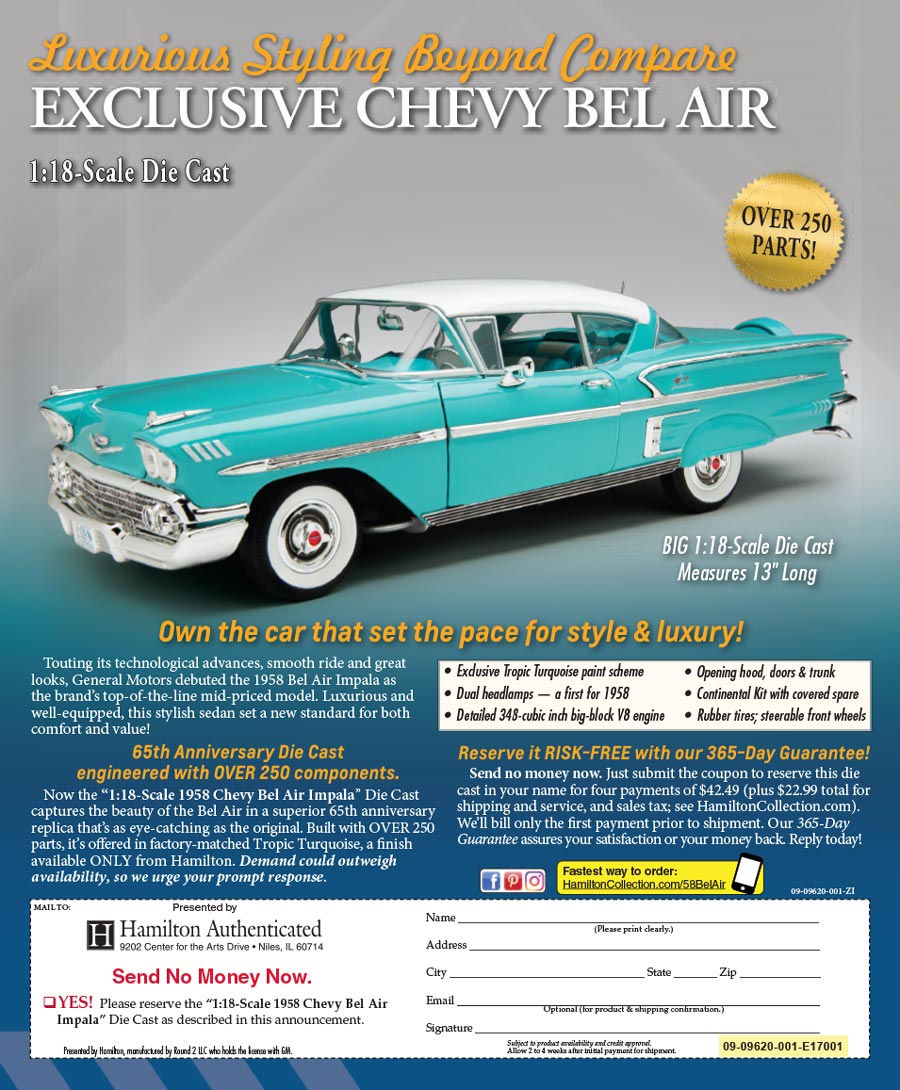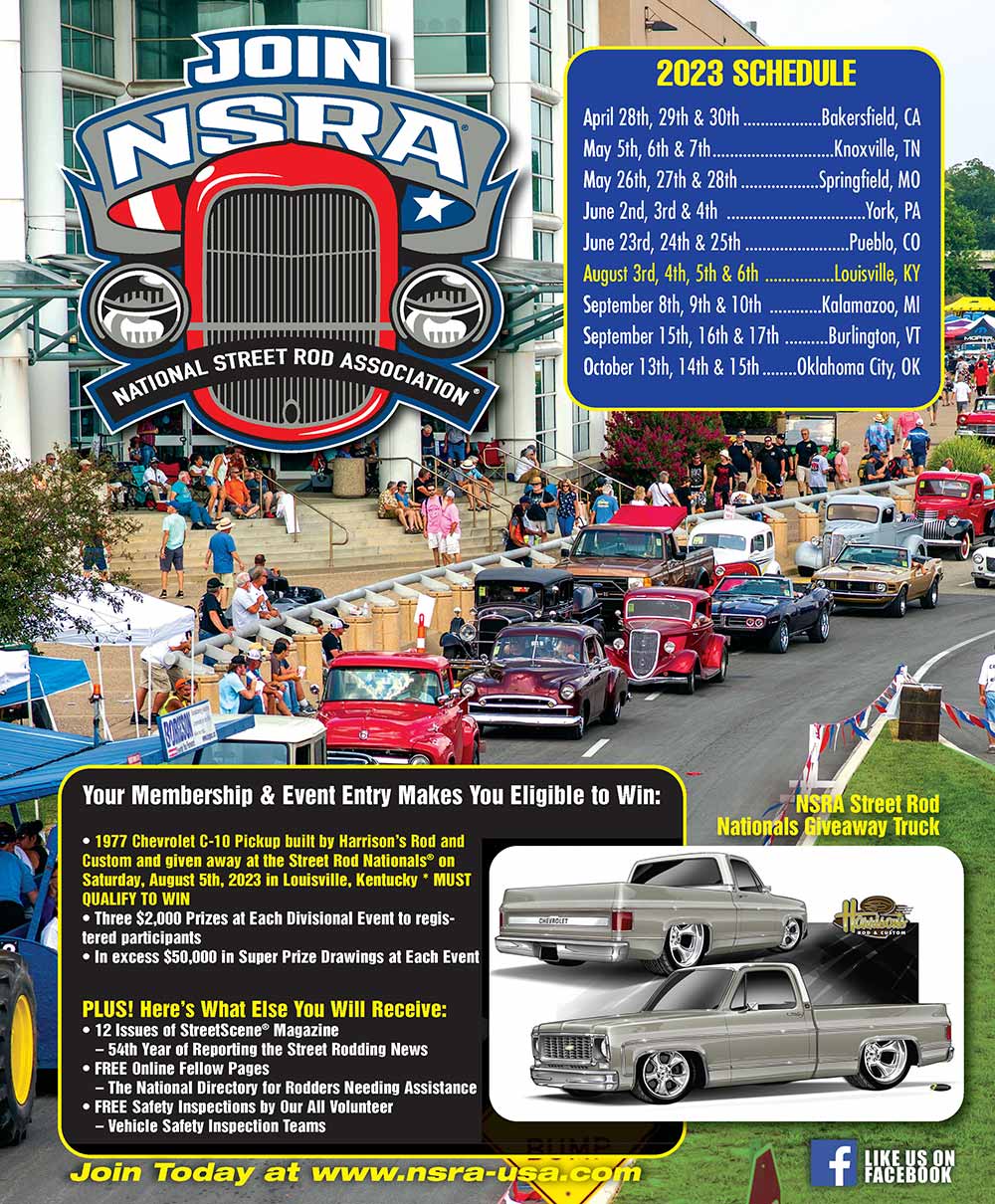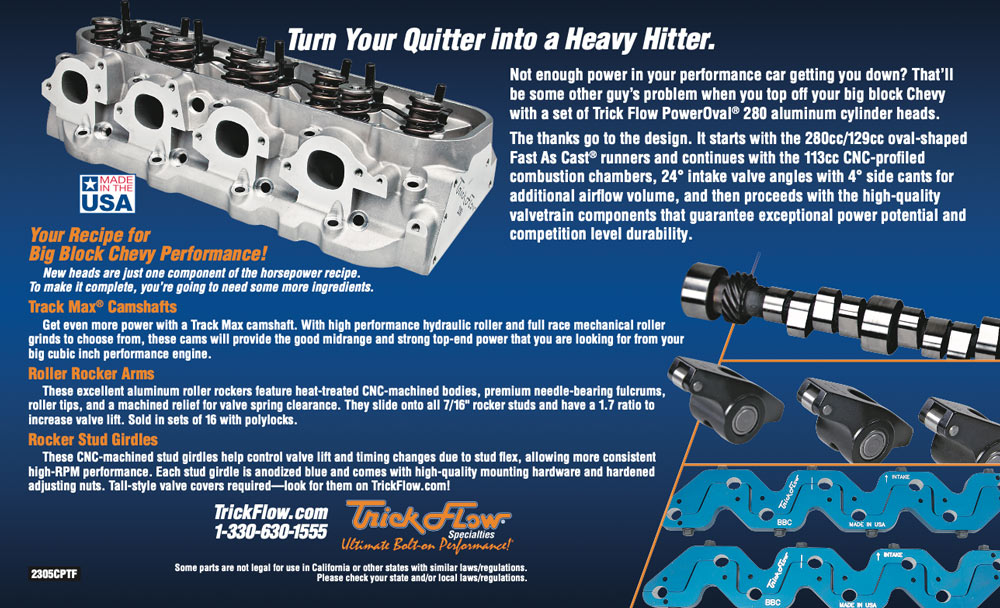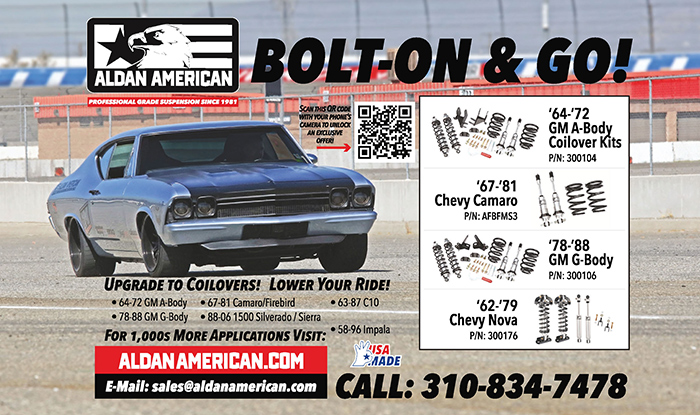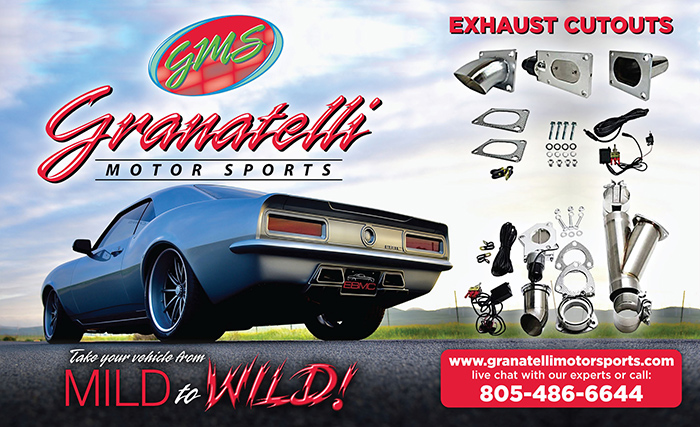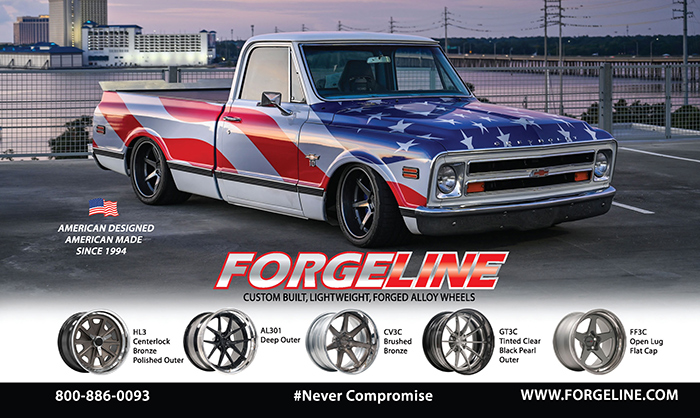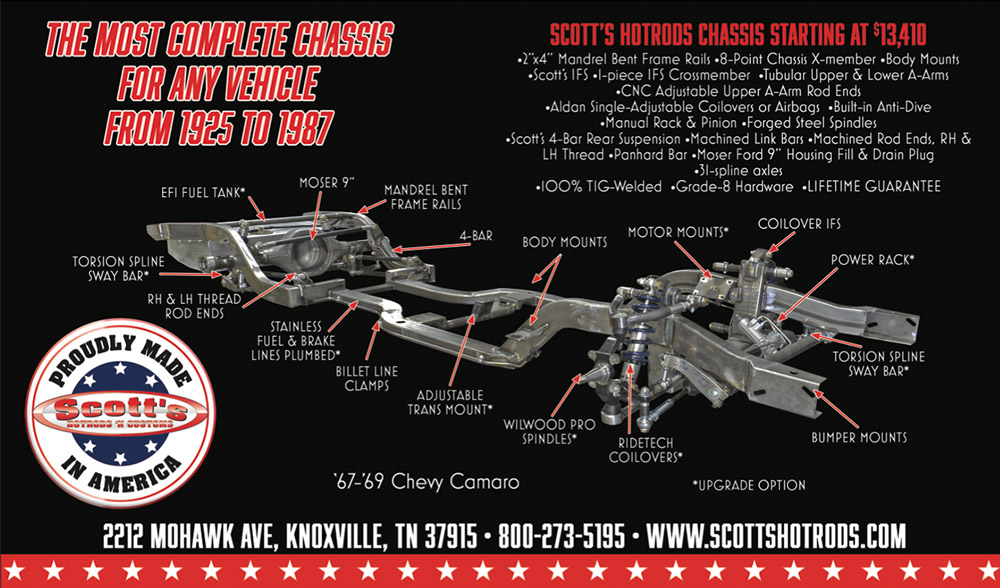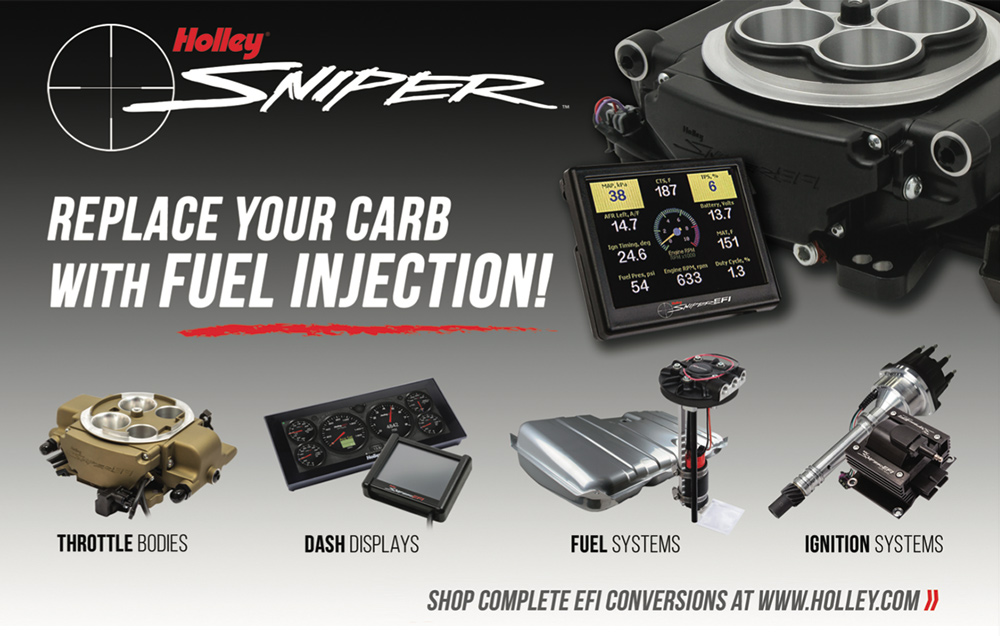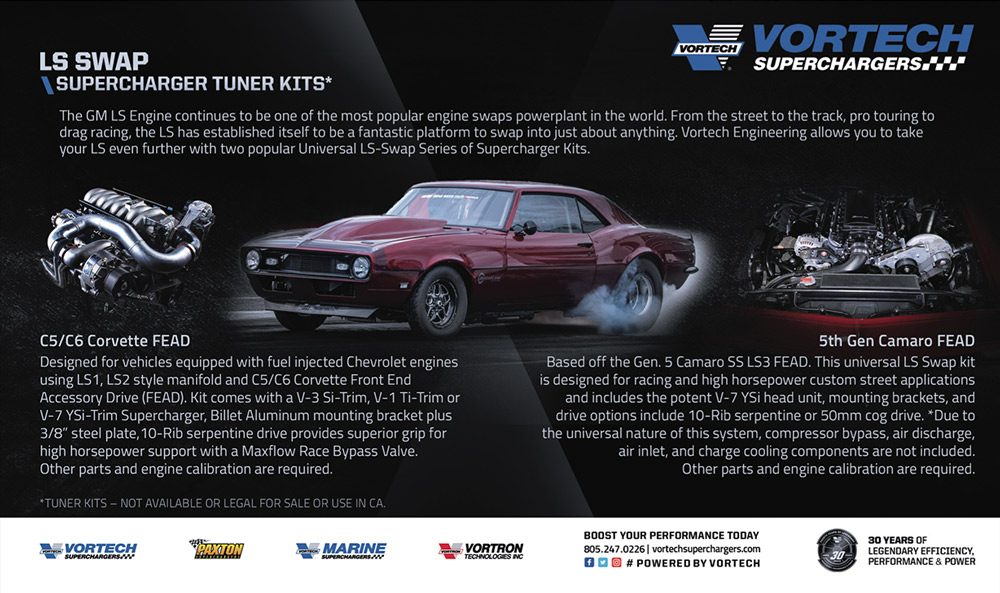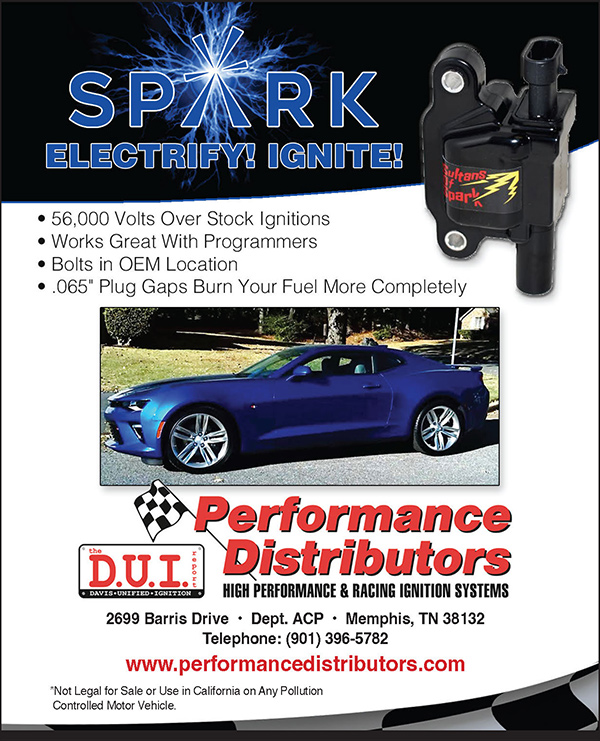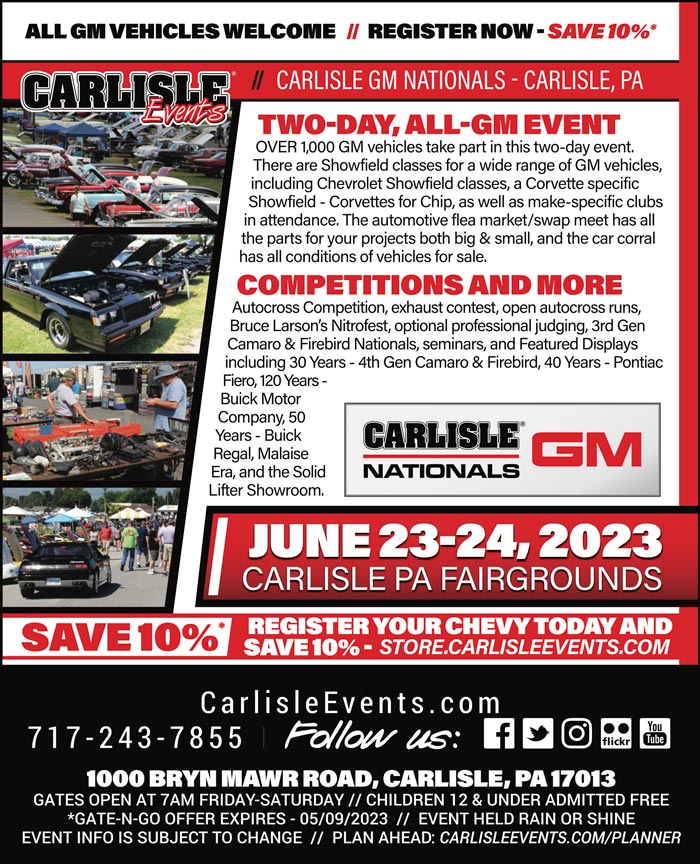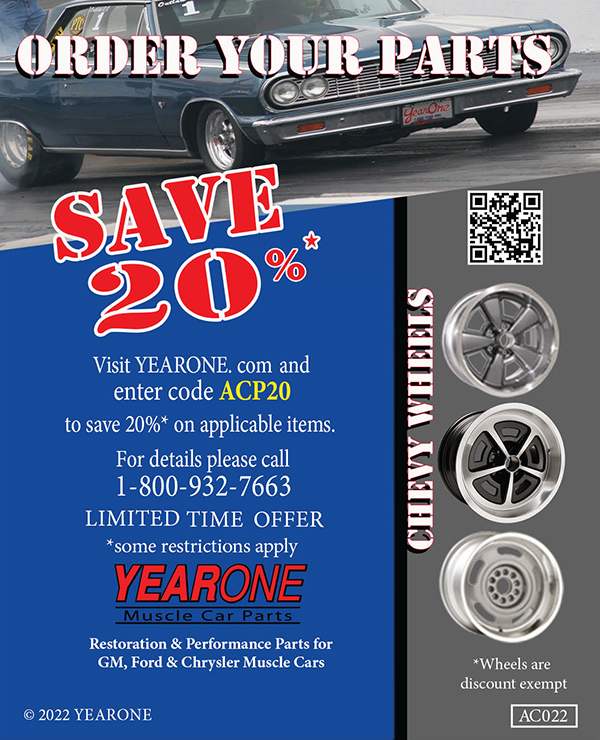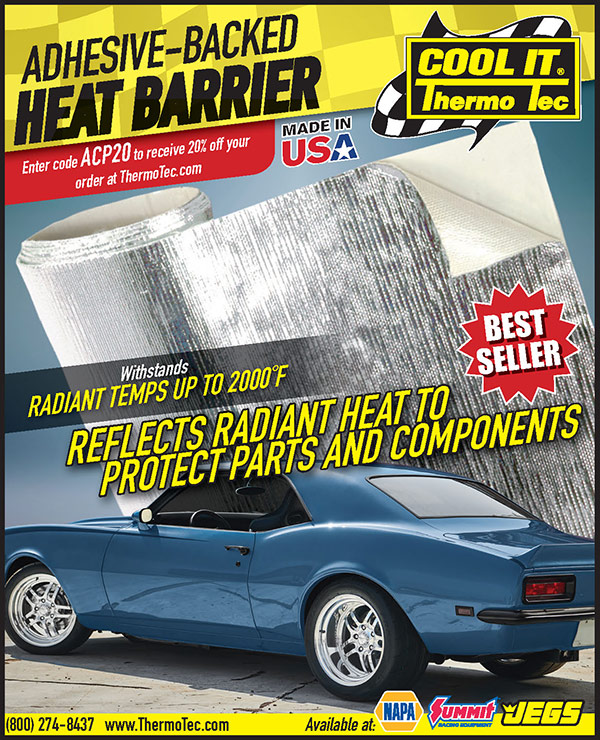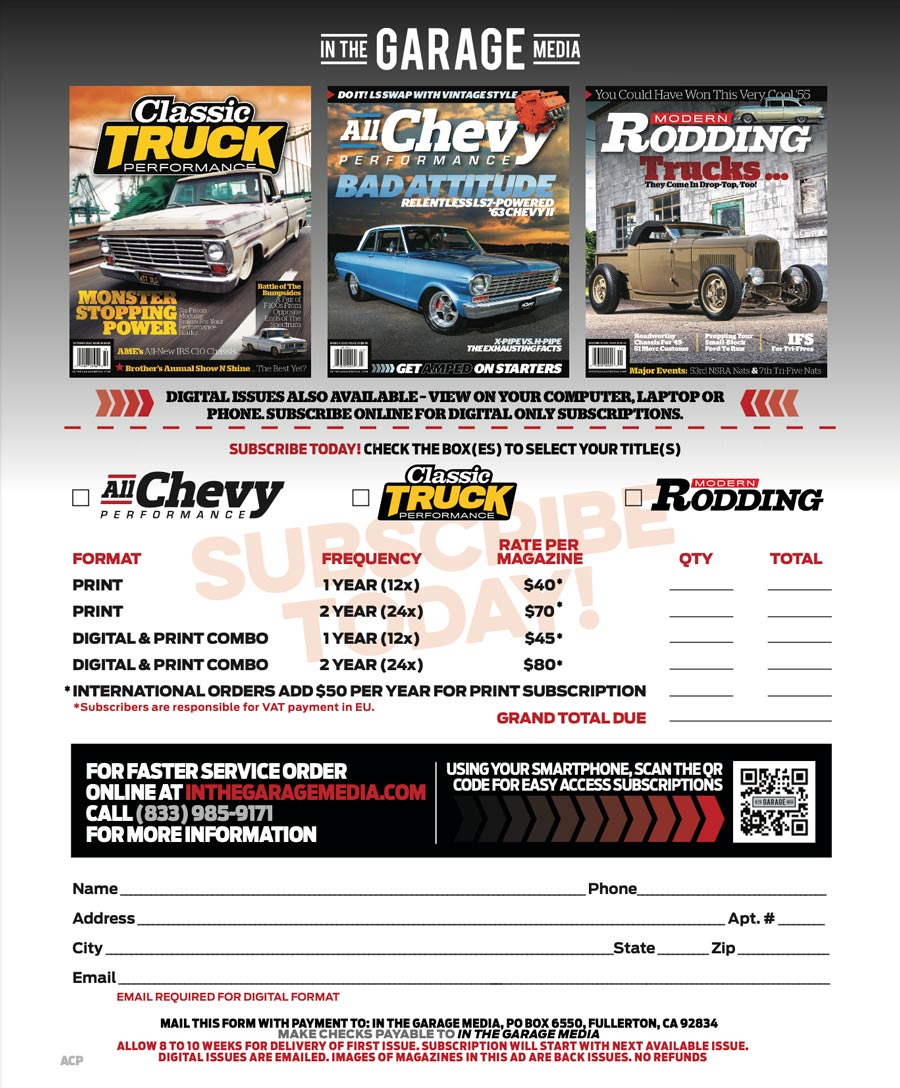383 Stroker Build, Part 2
 TOC
TOC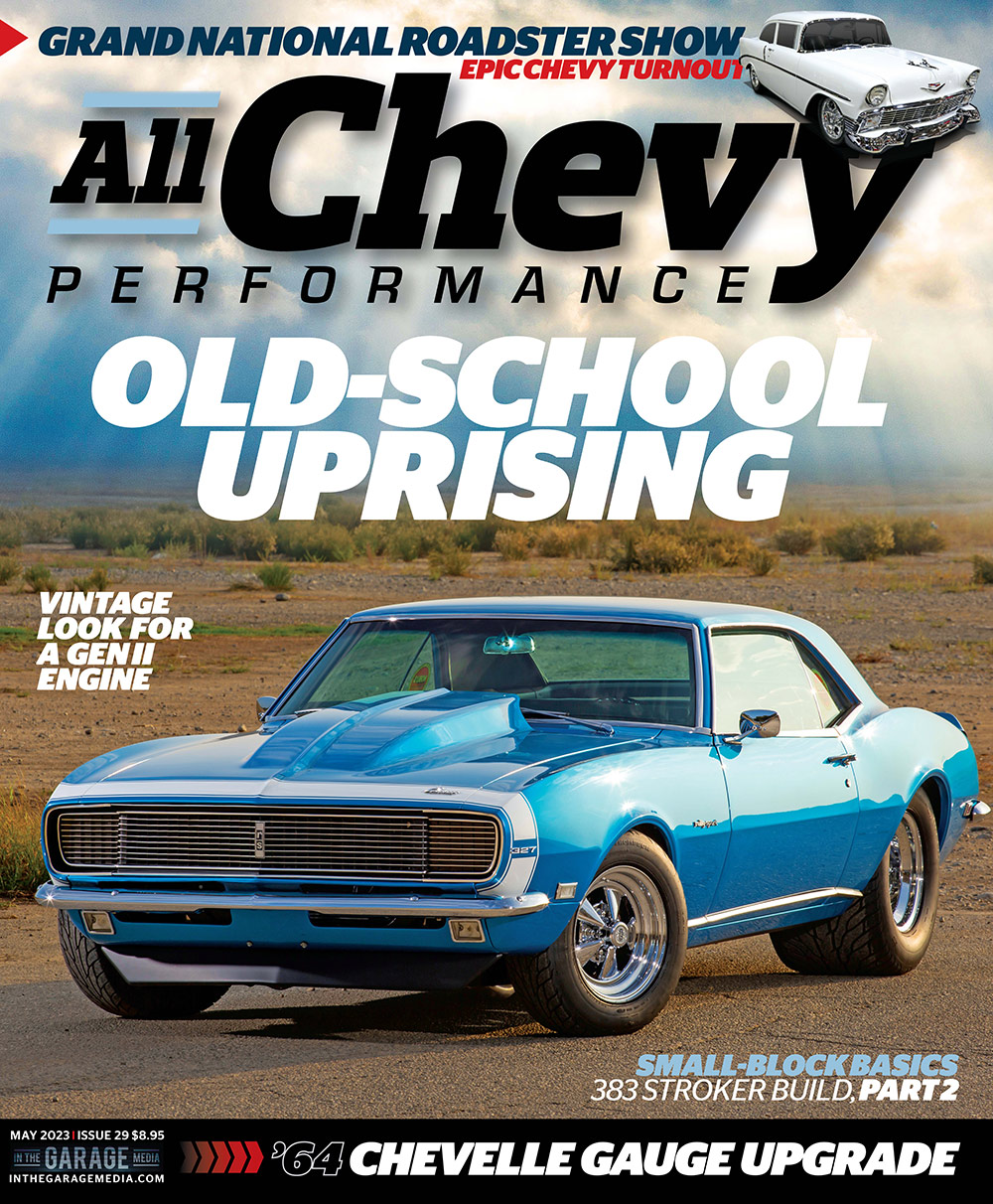
Photos by Fuelish Media


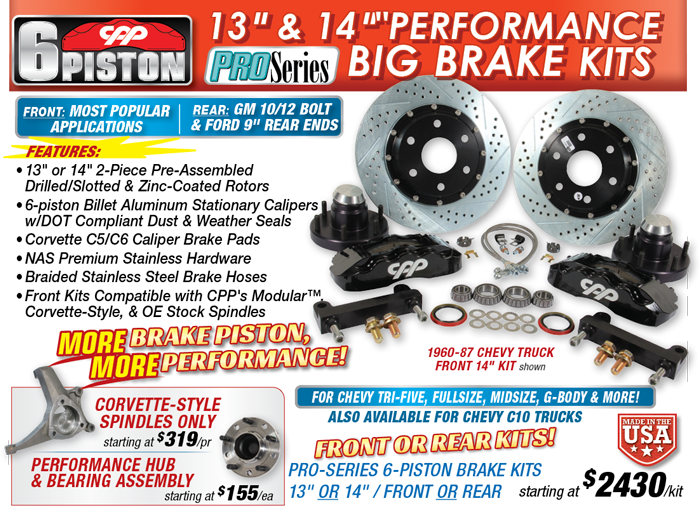
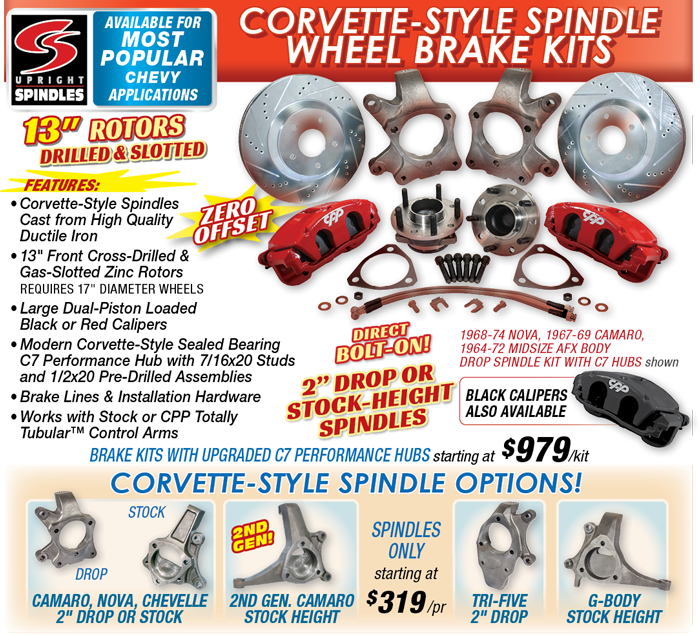
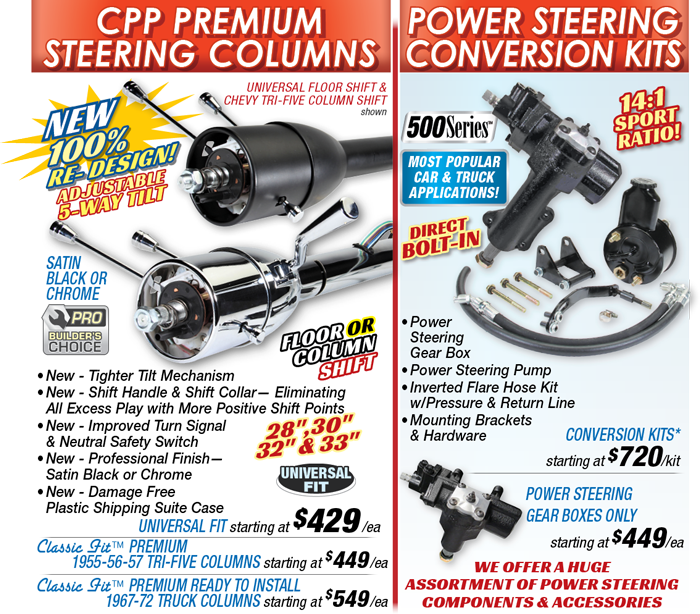
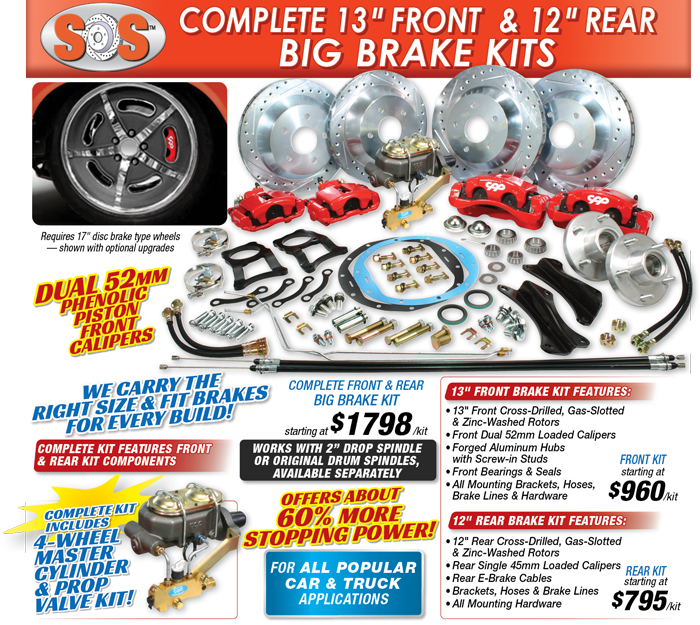


378 E. Orangethorpe Ave. Placentia, California 92870
#ClassicPerform

Wes Allison, “Rotten” Rodney Bauman, Shawn Brereton, Tommy Lee Byrd, Ron Ceridono, Grant Cox, John Gilbert, Tavis Highlander, Jeff Huneycutt, Barry Kluczyk, Scotty Lachenauer, Jason Lubken, Ryan Manson, Jason Matthew, Josh Mishler, Evan Perkins, Richard Prince, Todd Ryden, Jason Scudellari, Jeff Smith, Tim Sutton, and Chuck Vranas – Writers and Photographers
Travis Weeks Advertising Sales Manager
Mark Dewey National Sales Manager
Patrick Walsh Sales Representative
ads@inthegaragemedia.com
AllChevyPerformance.com
ClassicTruckPerformance.com
ModernRodding.com
InTheGarageMedia.com
inthegaragemedia.com “Online Store”
For bulk back issues of 10 copies or more, contact store@inthegaragemedia.com
info@inthegaragemedia.com
Editorial contributions are welcomed but editors recommend that contributors query first. Contribution inquiries should first be emailed to info@inthegaragemedia.com. Do not mail via USPS as we assume no responsibility for loss or damage thereto. IN THE GARAGE MEDIA, INC. reserves the right to use material at its discretion, and we reserve the right to edit material to meet our requirements. Upon publication, payment will be made at our current rate, and that said, payment will cover author’s and contributor’s rights of the contribution. Contributors’ act of emailing contribution shall constitute and express warranty that material is original and no infringement on the rights of others.

Copyright (c) 2023 IN THE GARAGE MEDIA, INC.
PRINTED IN U.S.A.

 firing up
firing up
 BY NICK LICATA
BY NICK LICATA

or those old enough to remember, there was a time when video tape machines were cutting edge and also very expensive. When VCRs (videocassette recorders) were introduced to North America at the 1970 Consumer Electronics Show, they cost between $1,000 and $1,400 for a VHS (video home system). In 1975, Betamax players would set you back even more at just under $2,000 for a base model. But in a decade-long battle, VHS won the VCR war and became the standard of the industry. As time went on, prices came down and millions of Americans had at least one VCR in the house. This new-at-the-time technology spawned the opening of thousands of video rental stores across America. A typical Friday night meant a pizza and a trip to the video rental store hoping to nab a copy of the latest hot release. Kids these days will never experience the process of standing in the aisle contemplating between Beverly Hills Cop or Revenge of the Nerds as the night’s entertainment–an important decision, indeed.
 PARTS BIN
PARTS BIN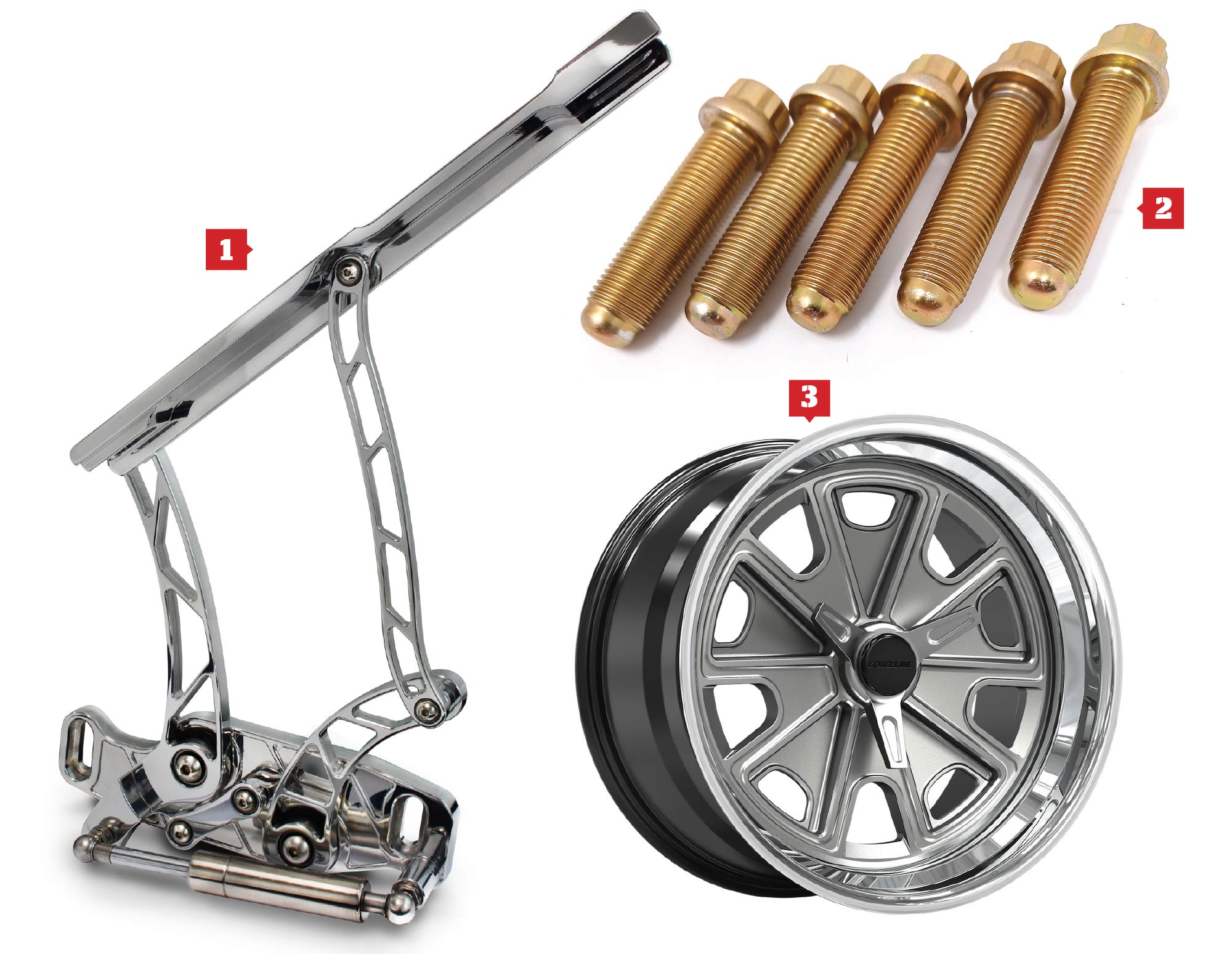

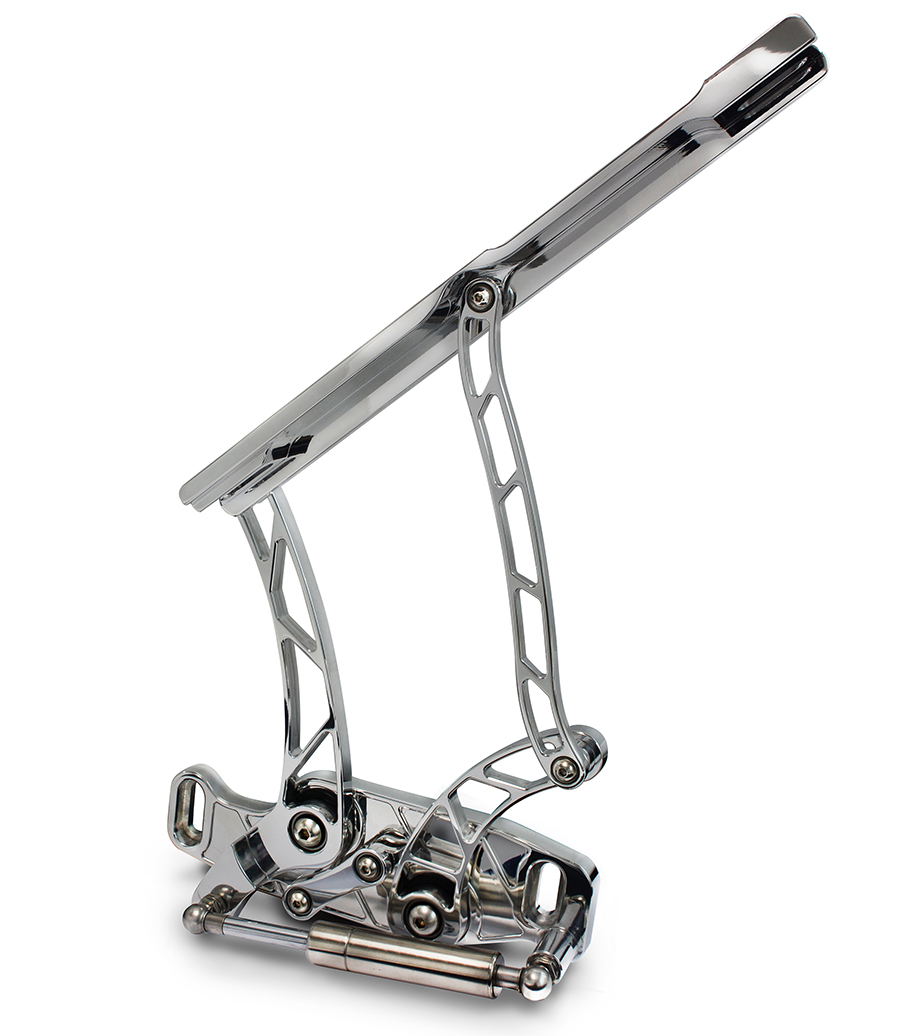
For more information, contact Eddie Motorsports by calling (888) 813-1293 or visit eddiemotorsports.com.

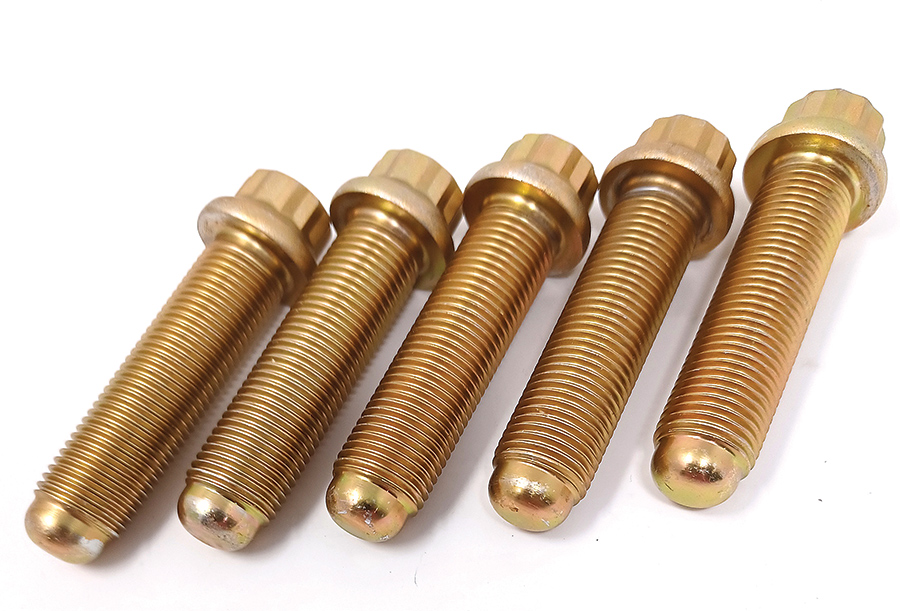
For more information, contact ARP by calling (800) 826-3045 or visit arp-bolts.com.

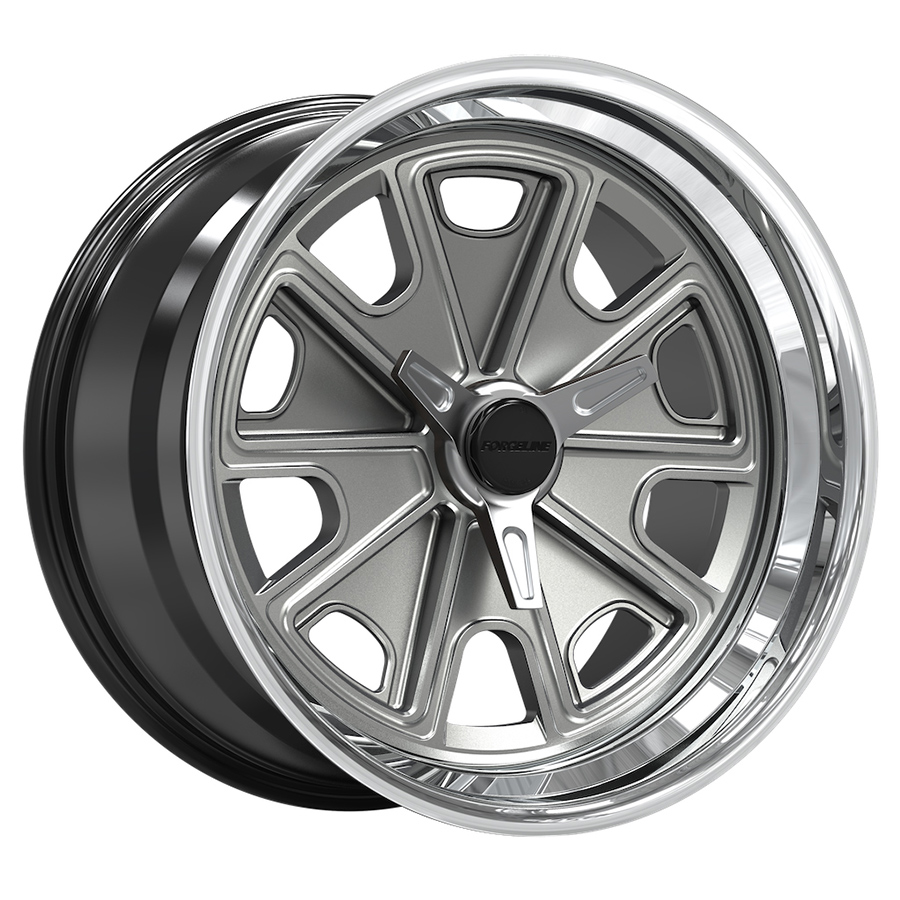
For more information, contact Forgeline by calling (800) 886-0093 or visit forgeline.com.
 CHEVY CONCEPTS
CHEVY CONCEPTS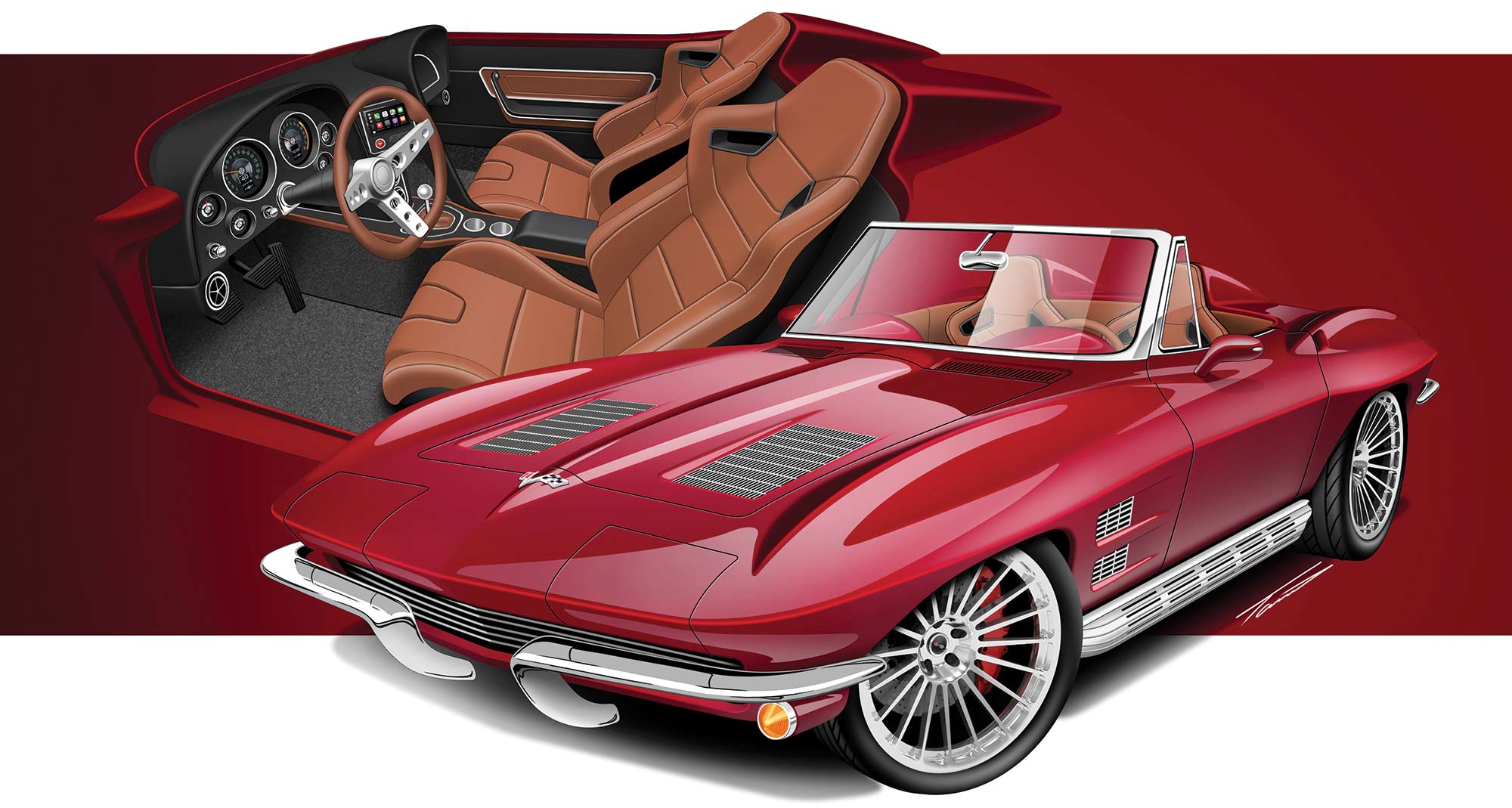
 Text & Rendering by Tavis Highlander
Text & Rendering by Tavis Highlander
ixing old cars with new tech is always a big challenge. We are all used to how a Corvette should look, but as car enthusiasts we love to modify things and make it our own. Crown Concepts in Tucson, Arizona, is attempting to strike that correct balance with this ’63 Vette. It’s got all the go-fast and modernization items you could want, plus a little bit of something extra visually.
Underneath the fiberglass body is a Roadster Shop chassis with C7 geometry. An LS 427 Super Street Series engine provides plenty of go. HRE 309M wheels will be polished up to match the other bits of shiny trim around the car.
Inside the cockpit, modern functionality is being introduced while maintaining some of the major original elements. A new center console allows for new controls and audio, but it still has the Corvette design language applied to it. The door panels have a custom shape that borrows from C3 Corvettes just a bit. In the end it should all come together and be a cohesive package for the owner.
 Feature
Feature
 Photography by THE AUTHOR
Photography by THE AUTHORlot of us got our introduction into the world of custom car culture through the patriarchs of our families, whether it was our fathers or grandfathers. Each of our particular inspirations are as different and unique as the men we looked up to for them. Watching these very vehicles come together made such a lasting impression on our collective outlook and approach to building one-off cars of our own.
While in the trenches of car shows and coffee meetups, our eyes are always open to spot that next muscle car to feature and to learn the story of how it came to be. Upon first glance, this cool blue ’68 Camaro RS made its presence known with its classic, performance-centric styling. It has a stance that commands attention, and with one peek under the hood, it’s apparent that this car can certainly back up its bark. So where did this Camaro Rally Sport come from? To find the answers we were looking for, we struck up a quick chat with its owner, Mike Harada, to help fill in the blanks.
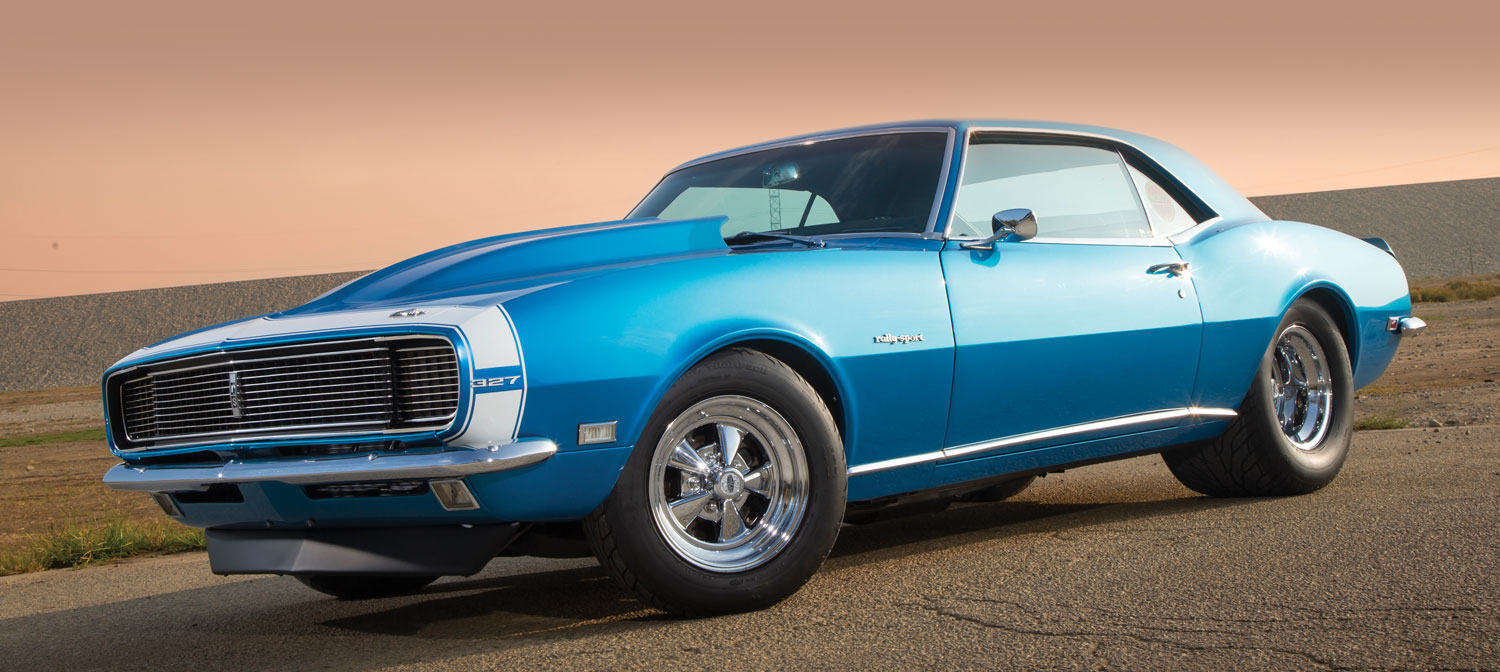
 TECH
TECH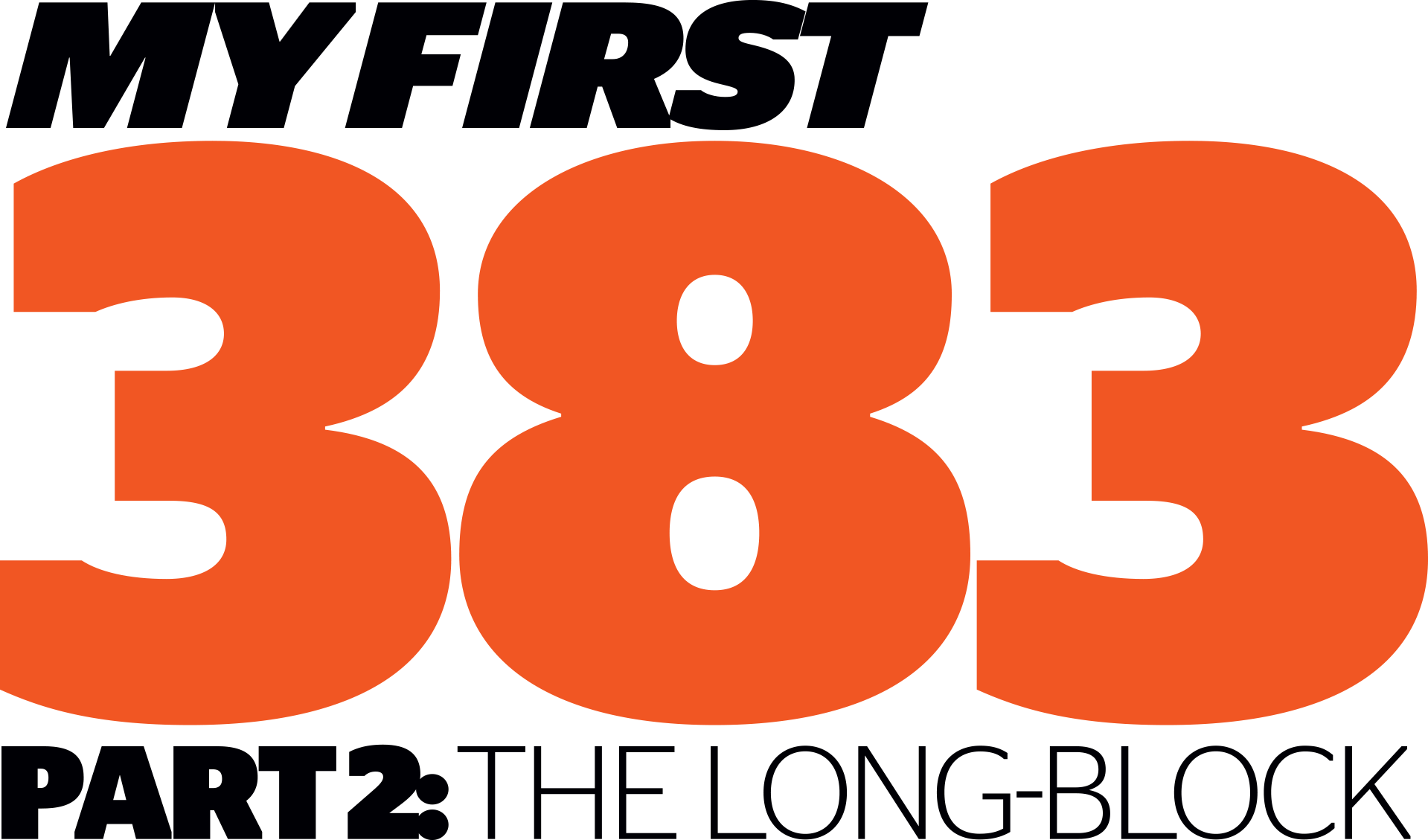
 Photography by The Author
Photography by The Authorhere’s nothing like building an engine yourself. If it works and works well, the feeling of accomplishment is huge. If it doesn’t work out so well, you’ve probably got no one but yourself to blame. As they say, failure is the greatest teacher, but if we’re honest it’s not a class we’d prefer to take. If you embark on a similar build as us, you’ll be well aware that this isn’t exactly a $1,000 budget build. So, learning a lesson the hard way might be more than you can afford—it’s certainly the case for us.
To hopefully avoid that form of education, we’re going to suggest reading this article instead. We’ll admit that this is no replacement for a factory service manual or the application-specific instruction sheets you get from each manufacturer. Hopefully, though, this tech story can at least serve as a road map describing one way to assemble a 383ci Chevy using off-the-shelf parts.
 Feature
FeatureBY Nick Licata  Photography by Grant Cox
Photography by Grant Cox

elson Banuelos came from a car background that began about the time he started his first job. But his automotive roots weren’t planted in the muscle car world as much as they were in the lowrider scene. His first restoration was an ’85 Oldsmobile Cutlass that was built as a lowrider. A few cars and trucks followed in that same vein. Years later he attended The Darryl Starbird Classic Rods & Custom Car Show and was exposed to the Pro Touring build style for the first time. It was a first-gen Camaro that made a huge impression on Nelson, so much so that he instantly fell in love with the look, the style, the power, and everything about that car. To him it was new, it was fresh, and he had to build one.
He put up a flare among his car buddies to let them know he was on the prowl for a ’69 Camaro he could turn into a car just like what he saw at the Starbird show. “A good friend knew I was looking for a ’69 but came across this ’67 back in 2016,” Nelson reveals. It was in good, restored condition, and it wasn’t too far away.”
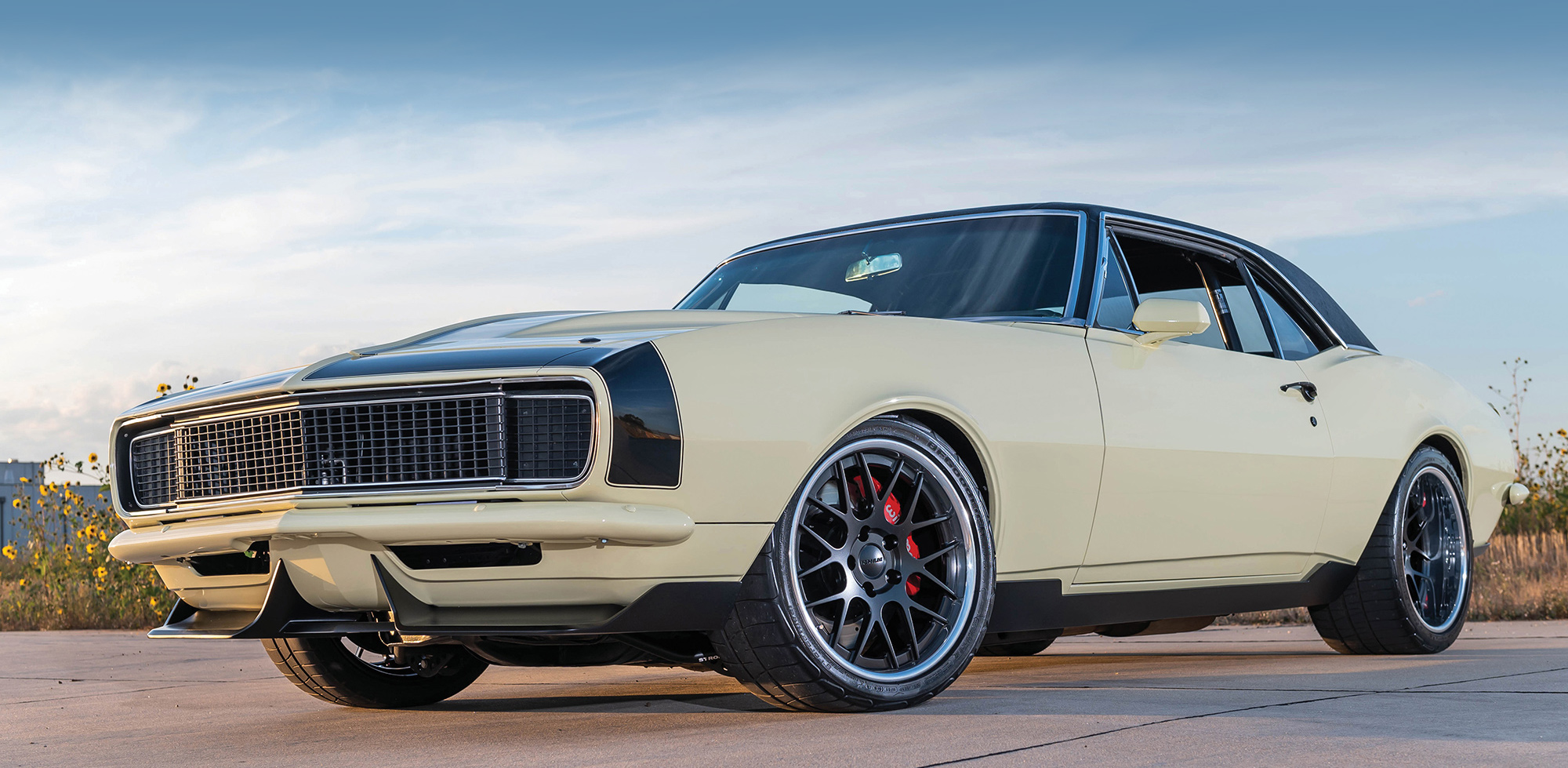
 TECH
TECH
By TOMMY LEE BYRD  Photography by The Author
Photography by The Author
hevrolet got a lot of things right in the ’60s, but one thing that just doesn’t make sense is the use of “idiot lights” in the dash instead of actual gauges. We all know when one of those lights comes on, you’re already in trouble, and as gearheads we truly need to know the vital signs of our engine before it’s an emergency situation. For years, the automotive aftermarket has solved this problem with those three-gauge pods that mount beneath your dash. In certain situations, those pods are suitable, but our ’64 Chevelle deserved something better. For this, we scoured the Dakota Digital website to find a new gauge system that paid tribute to our car’s originality while also providing us with full instrumentation.
Dakota Digital offers several styles to fit our early Chevelle, and we went with the RTX system (PN RTX-64C-CVL-X) because of its original appearance. It looks like Chevrolet could’ve made it and it fits into the original bezel perfectly. Since we would have the dash disassembled, we decided to install a new bezel (PN CH20441), key guard (PN CH28695), shift indicator lens (PN CH28885), and horn button (PN CHV4001) from Original Parts Group.
 FEATURE
FEATURE

 Photography BY The Author
Photography BY The Authorhere are some of us who can remember the one that got away. Damn, that one hurts, right? It happens so commonly it’s a cliché. A buddy might pat you on the back and tell you that everything happens for a reason. It’s time to suck it up, buddy, because hell, for some of us, there are other fish in the sea.
Yeah, yeah, there’s nothing worse than a perfect match at the wrong time—you’ve heard it before. But in the case of Mike Jorgensen’s crisp new ’71 Camaro build, he’s found the perfect sort of second marriage–a kindred spirit.
That’s because back in high school Mike used to drive a ’72 RS Camaro. It was maroon, it had a 350, and he knew how to have fun with it. He bought the car as a punk kid in 1981, and by 1984 she was a goner. He’d have to tell you the whole story. The important part is that Mike didn’t let the memory die.
When the kids were finally old enough, he had more time, along with the extra funds to pick up another second-gen, but this time he found a ’71 RS. It was a survivor. Well, kind of. It was a roller for about $3,500. It needed a full makeover, and it was worth it to him. That was 10 years ago.
 TECH
TECHInTheGarageMedia.com

 Photography by THE AUTHOR
Photography by THE AUTHORhere are those among us who were building and driving modified Chevrolets in the ’60s; many of us have a similar affliction as a result—a severe case of selective memory. While the sound and feel of a high-winding small-block hooked to a four-speed transmission was impressive in the good old days, the fact is many contemporary front-drive family cars will suck the headlights out of the cars we still hold near and dear to our hearts. Fond memories are often the result of “The older I get the faster I was” syndrome.
Besides the performance deficit that is a painful reality, many of the performance engines from those bygone days have other shortcomings as well; the 300hp 327 in our ’63 Corvette is a prime example. Back in the day of “high-octane” gas, the 10.5:1 compression and iron heads weren’t a problem, but with today’s fuel, engine-killing detonation can be an issue. In addition, unleaded fuel can cause valve and valve seat wear issues, so arguably the sensible idea is an engine swap.
 Feature
Feature
 Photography by GRANT COX
Photography by GRANT COXhe younger generation commonly refers to those who were around to witness the muscle car era of the ’60s and ’70s as “boomers,” slang for baby boomers, which comes from the high birth rate after World War II. Now, the term “boomer” is commonly used as a derogatory term coming from a typical Gen Z’er referring to one who is older or past his or her prime in life. Well, those young whippersnappers can learn a thing or two from a boomer, especially when it comes to vintage cars, as there is plenty of history to uncover and appreciate.
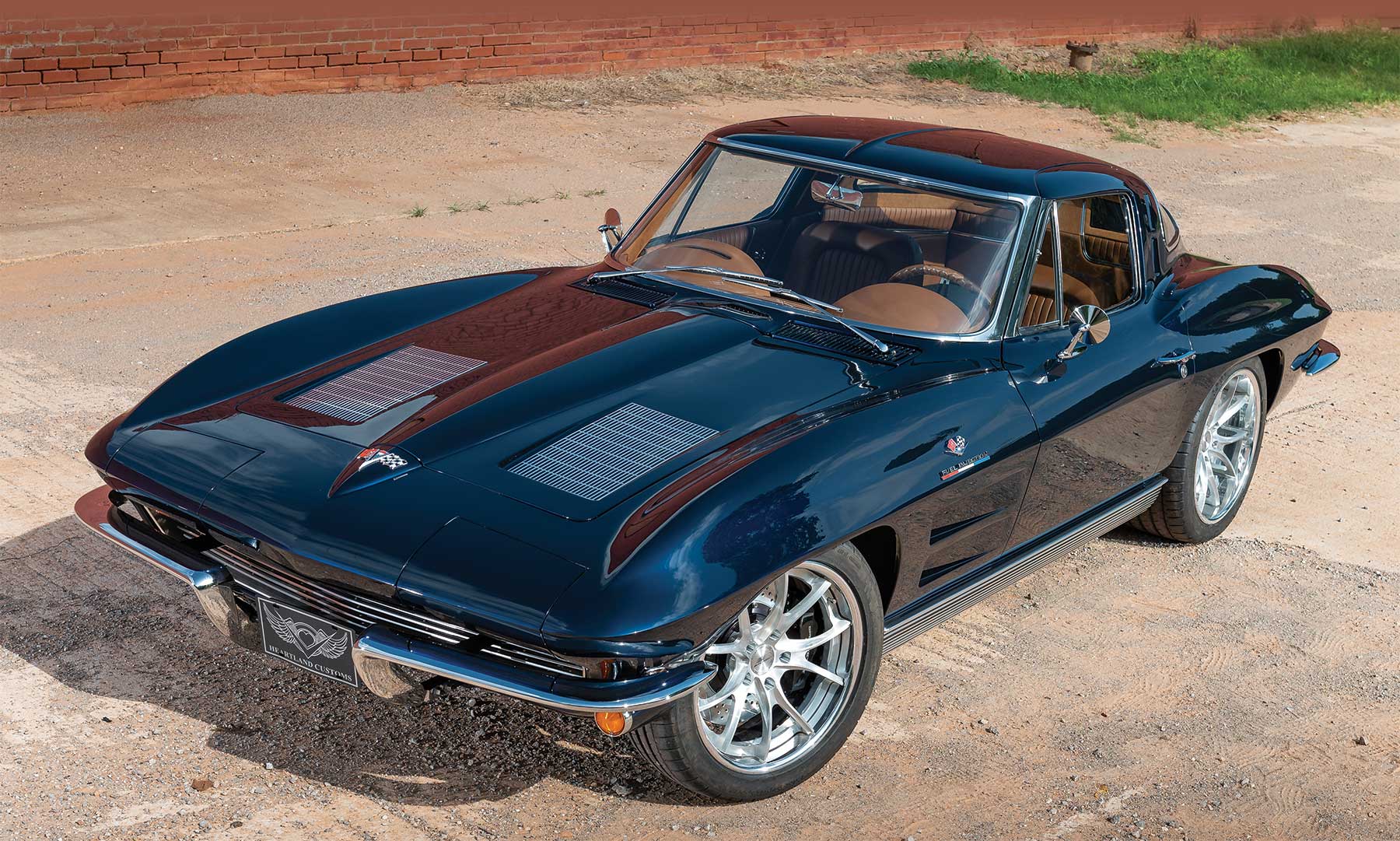
 TECH
TECH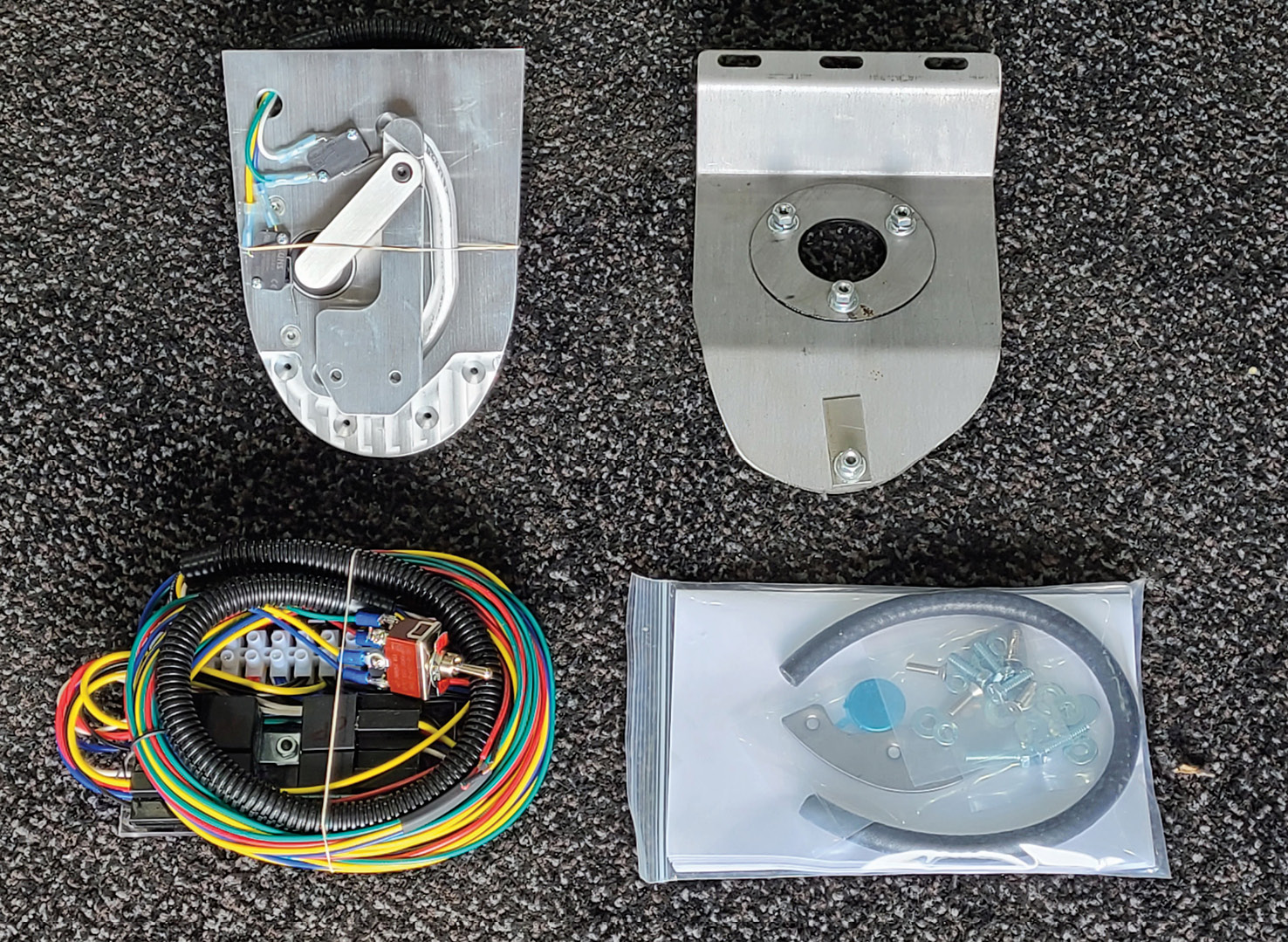
 Photography by The Author
Photography by The Authorore than 100 years ago, when automobiles first began to be mass produced, you’d fill your gas tank via an exterior cap and filler tube. Over the decades, gas caps and filler tubes moved around to different locations on both the exterior and interior of a vehicle but, in the ’40s and ’50s, a handful of cars hid them from sight altogether.
The ’40s-era Cadillac used a flip-up taillight to hide the cap and filler, but soon Imperials, Oldsmobiles, Nashes, Continentals, and even a Peugeot would give the design a go.
 Feature
Feature
Chevy Bel Air Two-Door Hardtop
BY Shawn Brereton  Photography by The Author
Photography by The Author
or most of us in the automotive hobby, a car becomes a personified family member. We give them names and talk about them as living, breathing entities. And why shouldn’t we? When you spend that much effort, money, and time on something, it takes on a life of its own. For Jed Gage of Wills Point, Texas, his lifelong love affair with cars started with “Ol’ Betsy,” his ’57 Chevrolet two-door hardtop Bel Air.
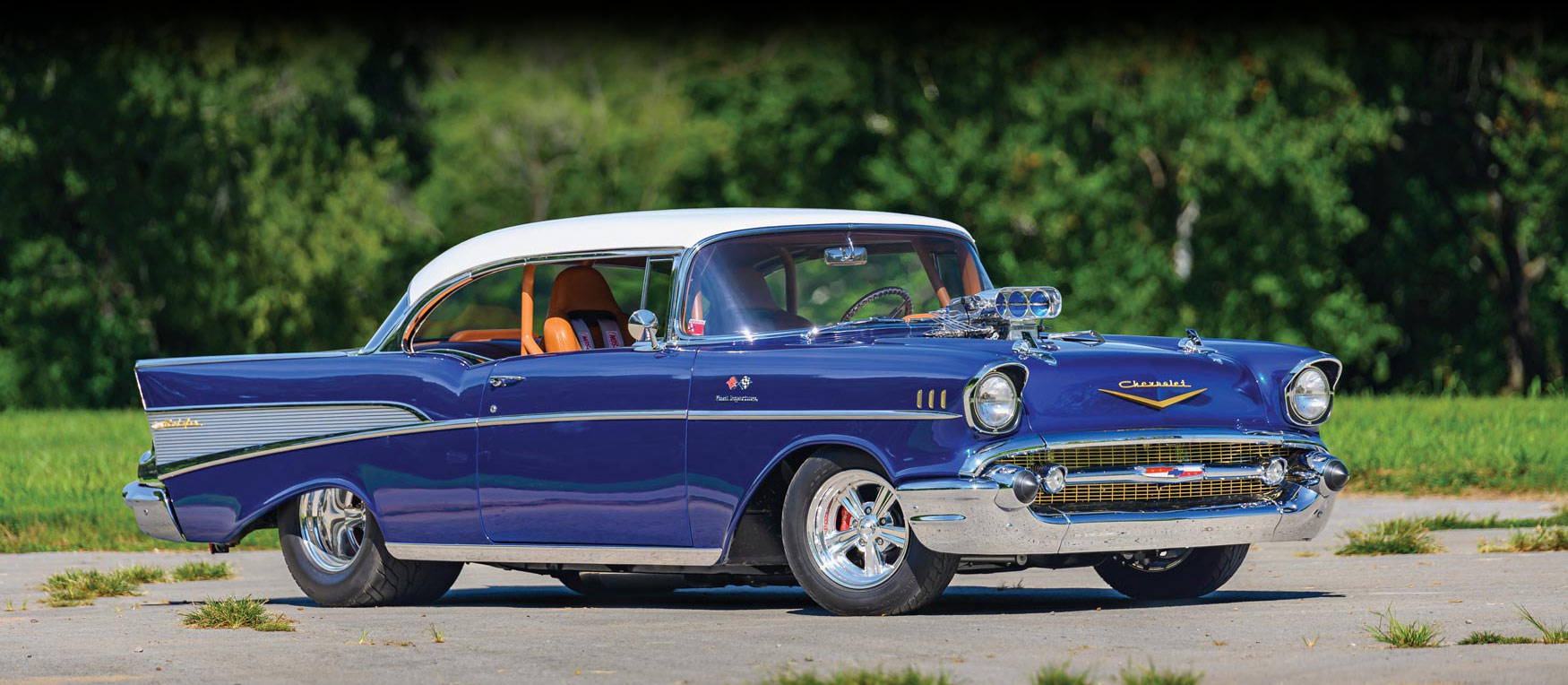
 EVENT
EVENT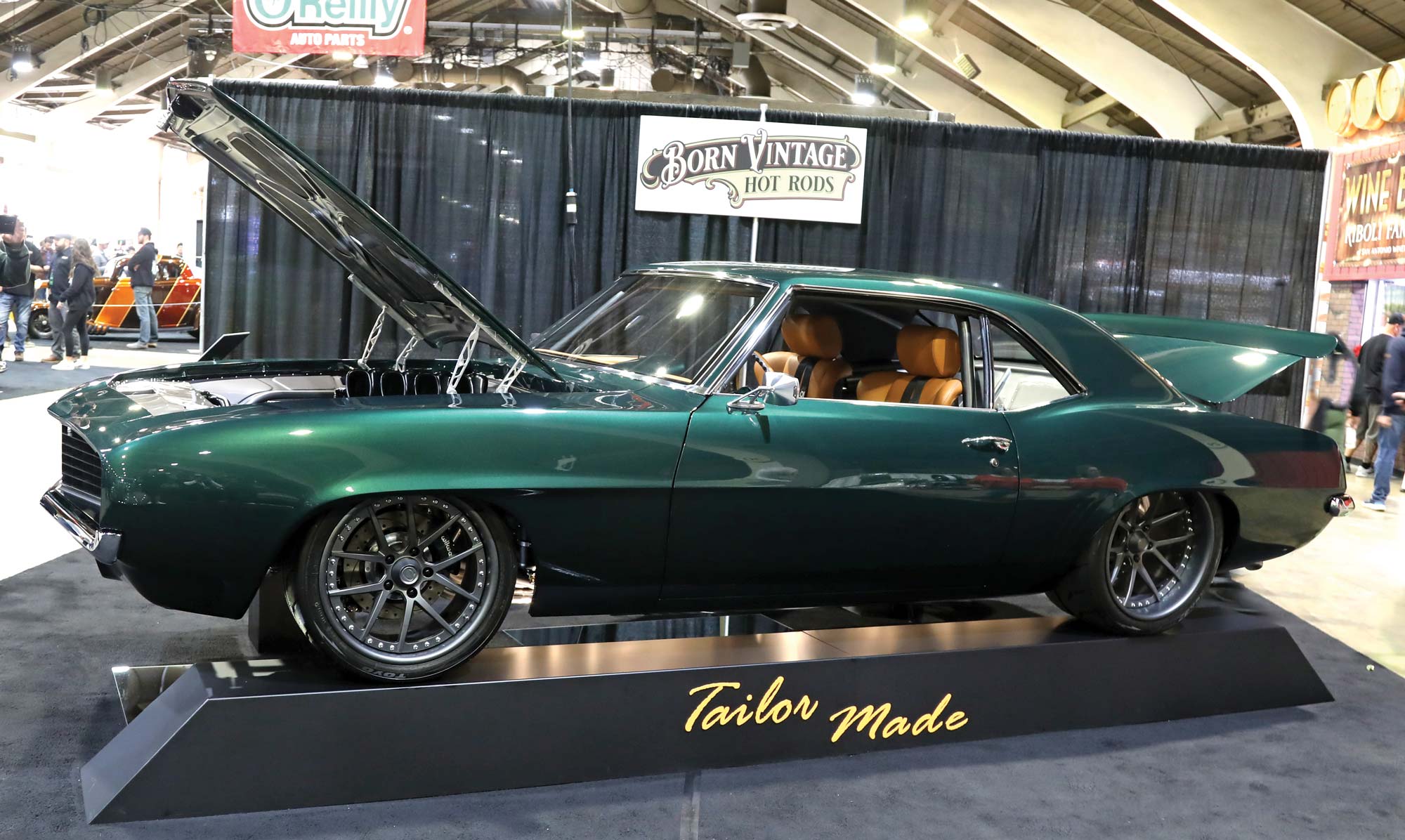

 Photography BY THE AUTHOR
Photography BY THE AUTHOR he Grand National Roadster Show (GNRS) is one of those events that confirms just how cool it is to get the best hot rods in the country under one roof, or seven roofs, in this case. This year, the 73rd event was held the weekend of February 3-5–a slight departure from years past when it took place the final weekend in January. The Pomona Fairplex is a natural location due to Southern California being considered by many as the birthplace of hot rodding, and the Fairplex itself being home to the NHRA Winternationals since 1961, along with the Wally Parks NHRA Motorsports Museum planting roots in 1984. Speaking of the NHRA Museum, if you are in the area, it’s a must-see, as the place is full of super-rare historical drag racing vehicles that will take you back to the golden era of drag racing. If you aren’t old enough to remember some of these cars, it’s still a treat to see the low-tech rawness these cars possess.
Advertiser
- Aldan American71
- American Autowire11
- Art Morrison Enterprises51
- Auto Metal Direct25
- Automotive Racing Products43
- Borgeson Universal Co.55
- Bradford Exchange59
- Carlisle Events87
- Classic Industries49
- Classic Performance Products4-5, 89, 92
- Custom Autosound75
- Dakota Digital91
- Duralast9
- Eddie Motorsports39
- FiTech EFI73
- Flaming River Industries29
- Forgeline Motorsports73
- Granatelli Motor Sports71
- Heidts Suspension Systems67
- Holley Performance Products81
- Lokar2
- National Street Rod Association65
- Original Parts Group27
- Performance Distributors87
- PerTronix7
- Powermaster Performance81
- Scott’s Hotrods75
- Speedway Motors41
- Summit Racing Equipment13
- Thermo-Tec Automotive89
- Trick Flow Specialties67
- Vintage Air6
- Vortech Superchargers87
- Wilwood Engineering57
- Year One89









